The 1980s was a decade of intense contrast for Times Square. While the crime and urban decay of the 1970s persisted, the first serious efforts to clean up and redevelop the area began to take shape. The district was a battleground between its seedy reputation and a future of corporate investment.
The Height of the Grindhouse Scene
In the early and mid-1980s, the atmosphere of the 1970s largely continued. 42nd Street, or “The Deuce,” remained the city’s hub for pornographic theaters, peep shows, and illicit street life. The area was notorious for its high crime rates, with drug dealing, particularly the crack cocaine epidemic of the mid-80s, becoming a major problem on its streets.
The sidewalks were crowded with a mix of tourists brave enough to visit, hustlers, and street performers. The overall environment was still considered dangerous and rundown by most New Yorkers and was a symbol of urban blight.
Read more
The Era of the Broadway Megamusical
Just a block away from the squalor of The Deuce, the legitimate theater district experienced a massive commercial boom. The 1980s was the decade of the “megamusical,” large-scale productions imported from London that became global phenomena. Andrew Lloyd Webber’s “Cats” opened at the Winter Garden Theatre in 1982 and became a cultural sensation that ran for nearly two decades.
This was followed by other huge hits like “Les Misérables” (1987) and “The Phantom of the Opera” (1988). These shows were incredibly profitable and attracted millions of visitors, creating a stark economic and cultural divide between the thriving theaters on Broadway and the decaying grindhouses on 42nd Street.
The Seeds of Redevelopment
The city, under Mayor Ed Koch, decided that cleaning up Times Square was a top priority. In 1984, the city and state governments launched the 42nd Street Development Project, an ambitious and highly controversial plan to transform the district. The project’s goal was to condemn and seize the rundown theaters and sex shops through eminent domain.
The plan called for demolishing entire blocks to make way for four massive, modern office towers at the intersection of 42nd Street and Broadway. This proposal set off years of legal battles with property owners and preservationists who wanted to save the historic theater buildings.
A Changing Streetscape
While the grand redevelopment plans were stuck in court, smaller changes began to occur. Increased police presence started to crack down on the most visible street crime. Some of the giant, iconic neon signs of the past were replaced with more modern, but less elaborate, billboards. The introduction of the Sony Jumbotron screen in 1986 signaled the arrival of a new type of digital advertising that would come to define the square in later decades.


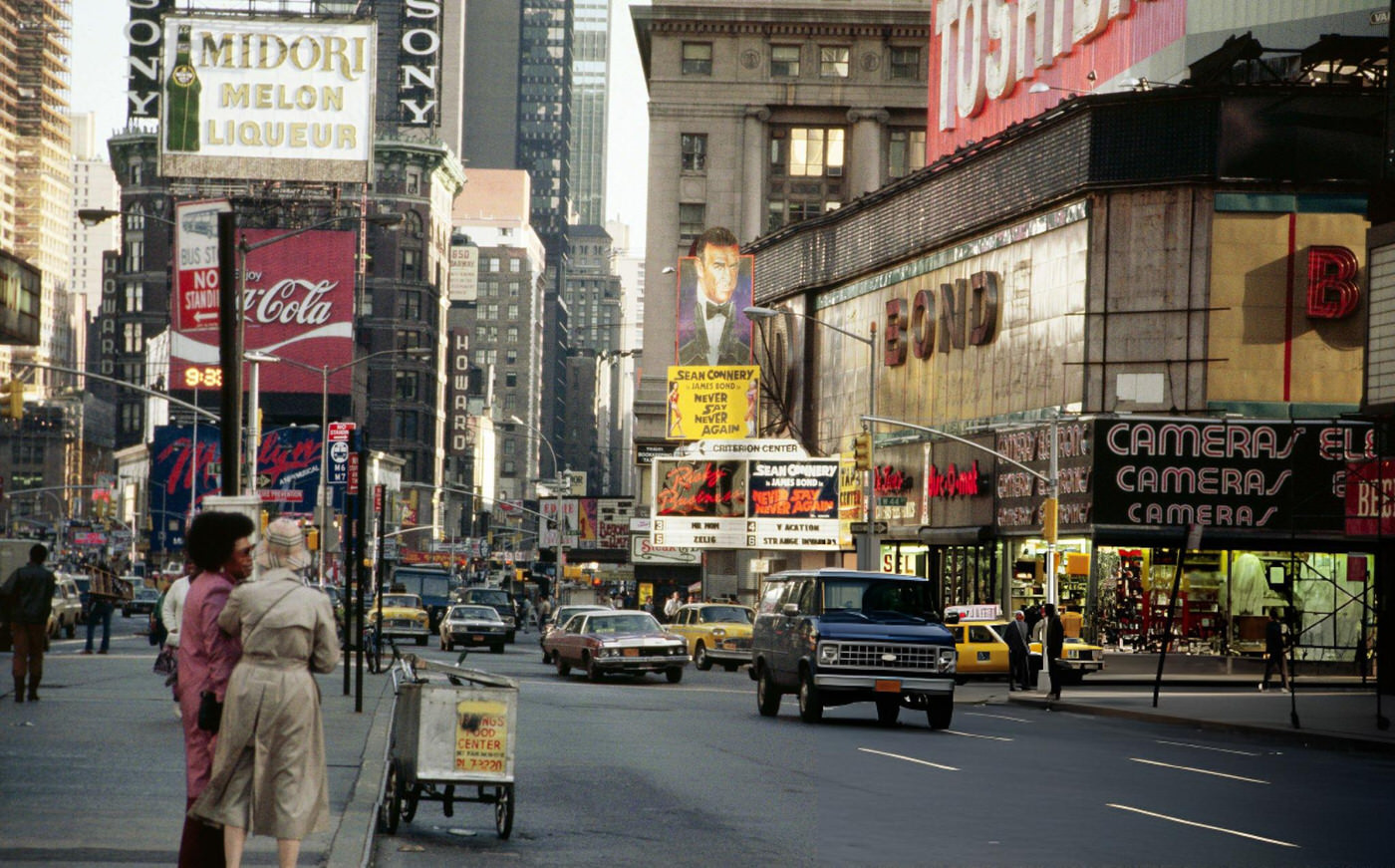


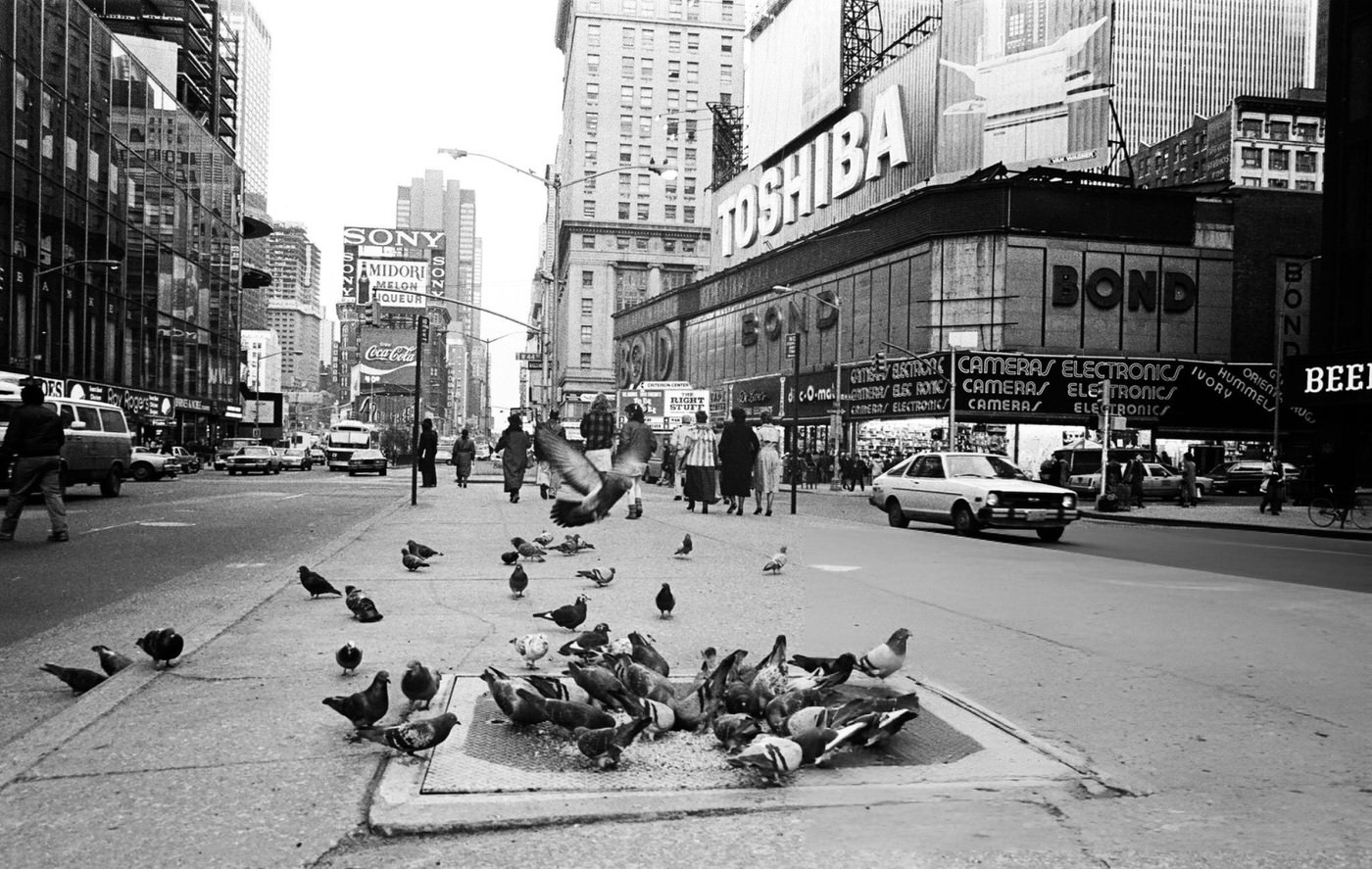
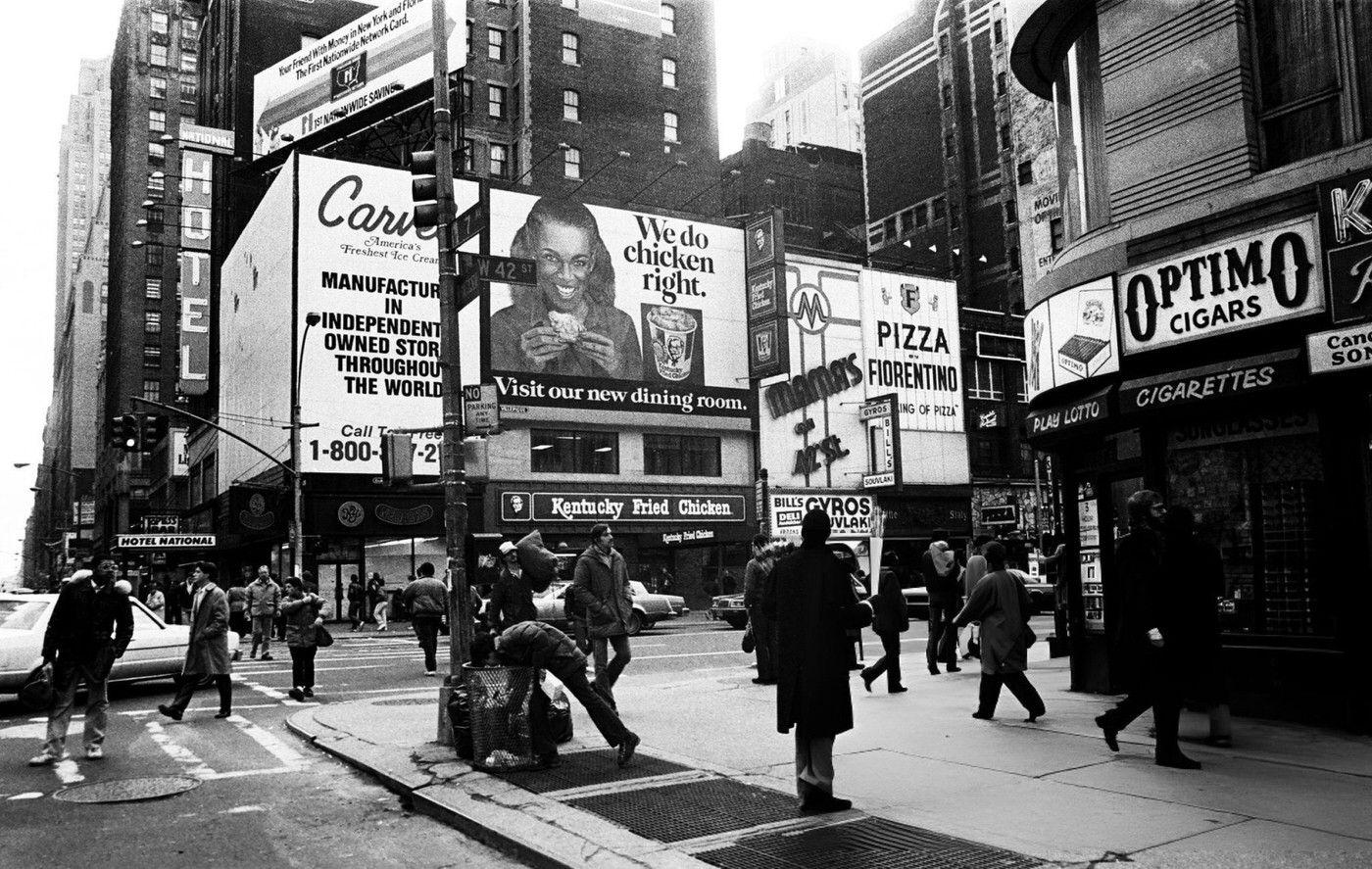

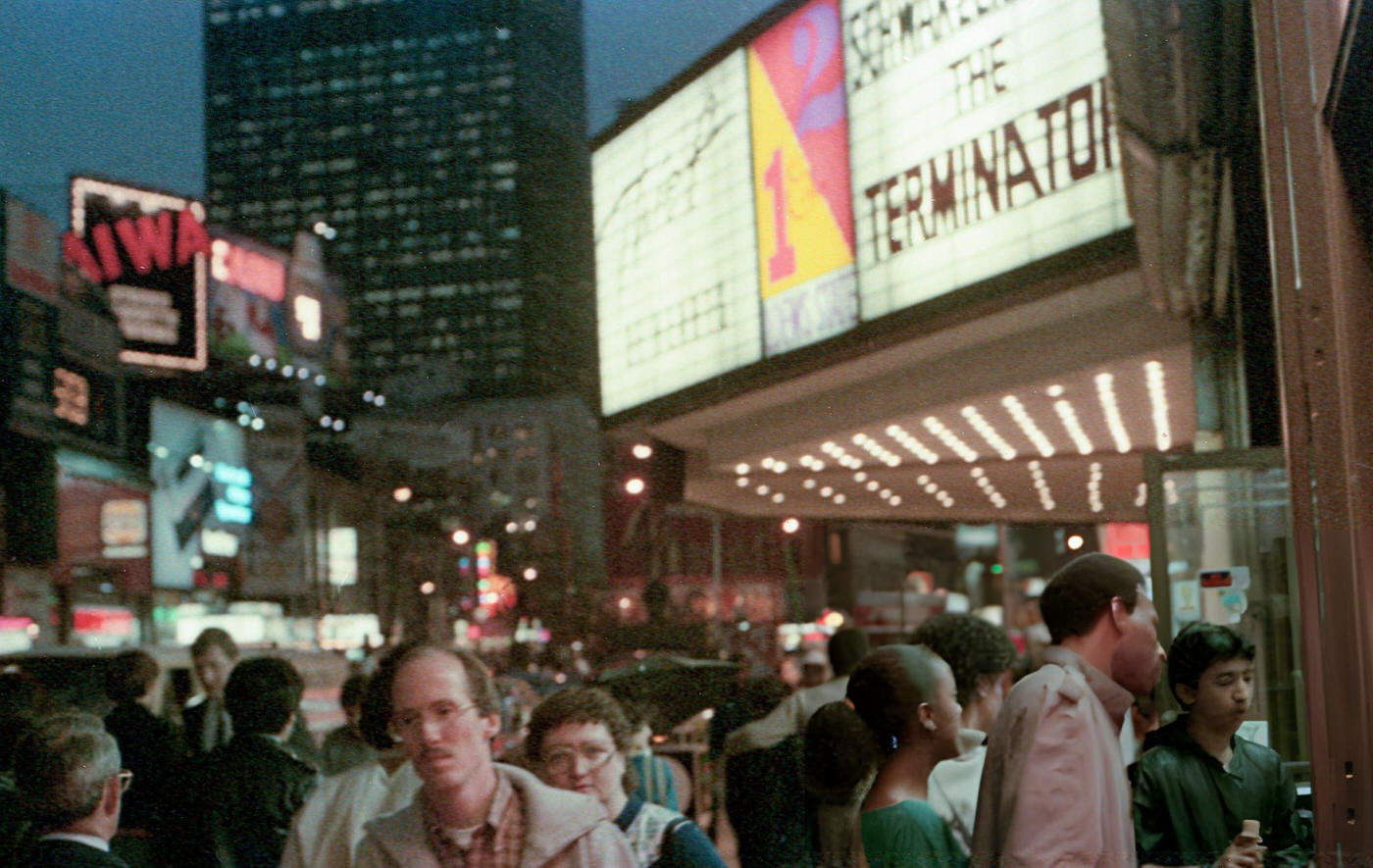

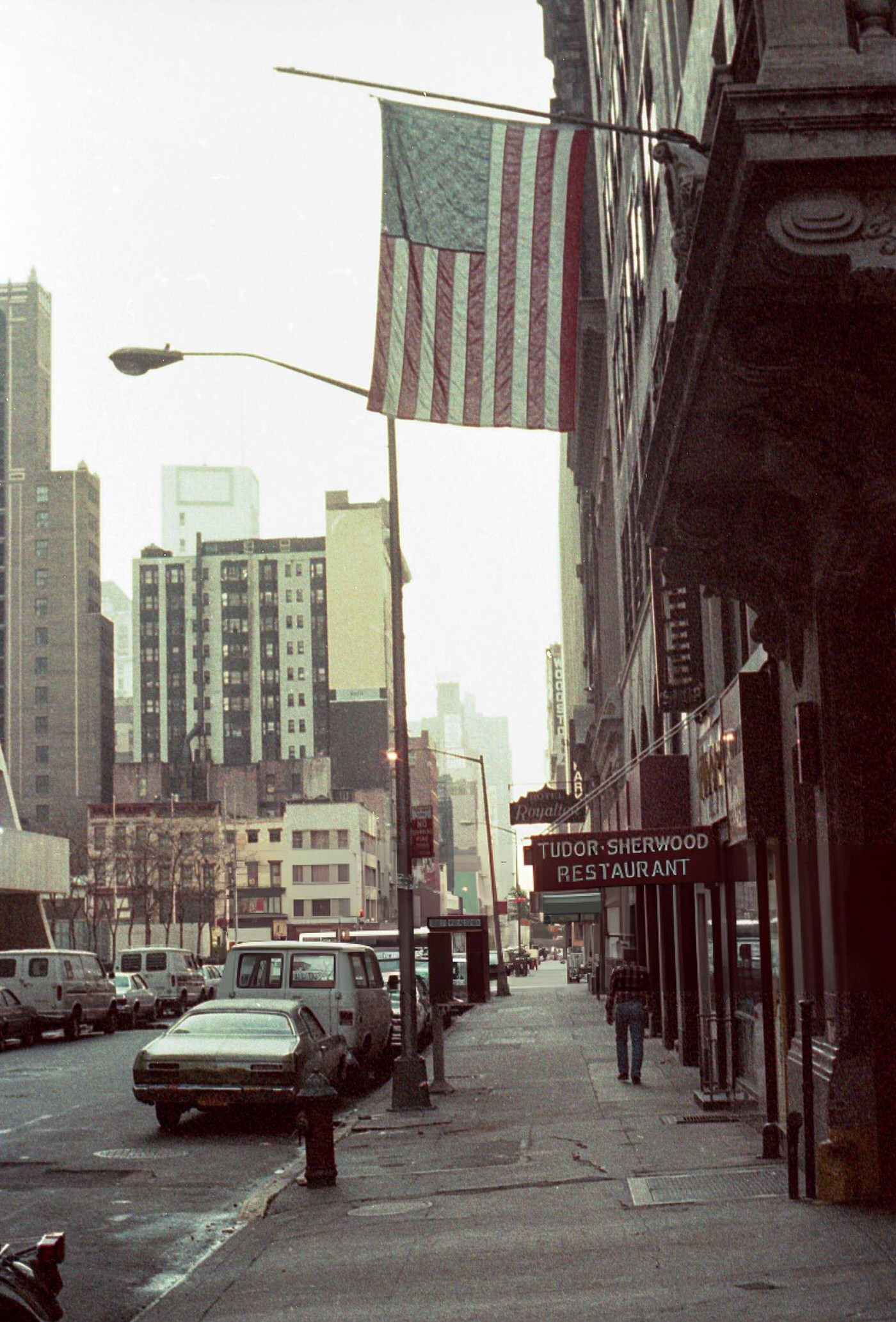


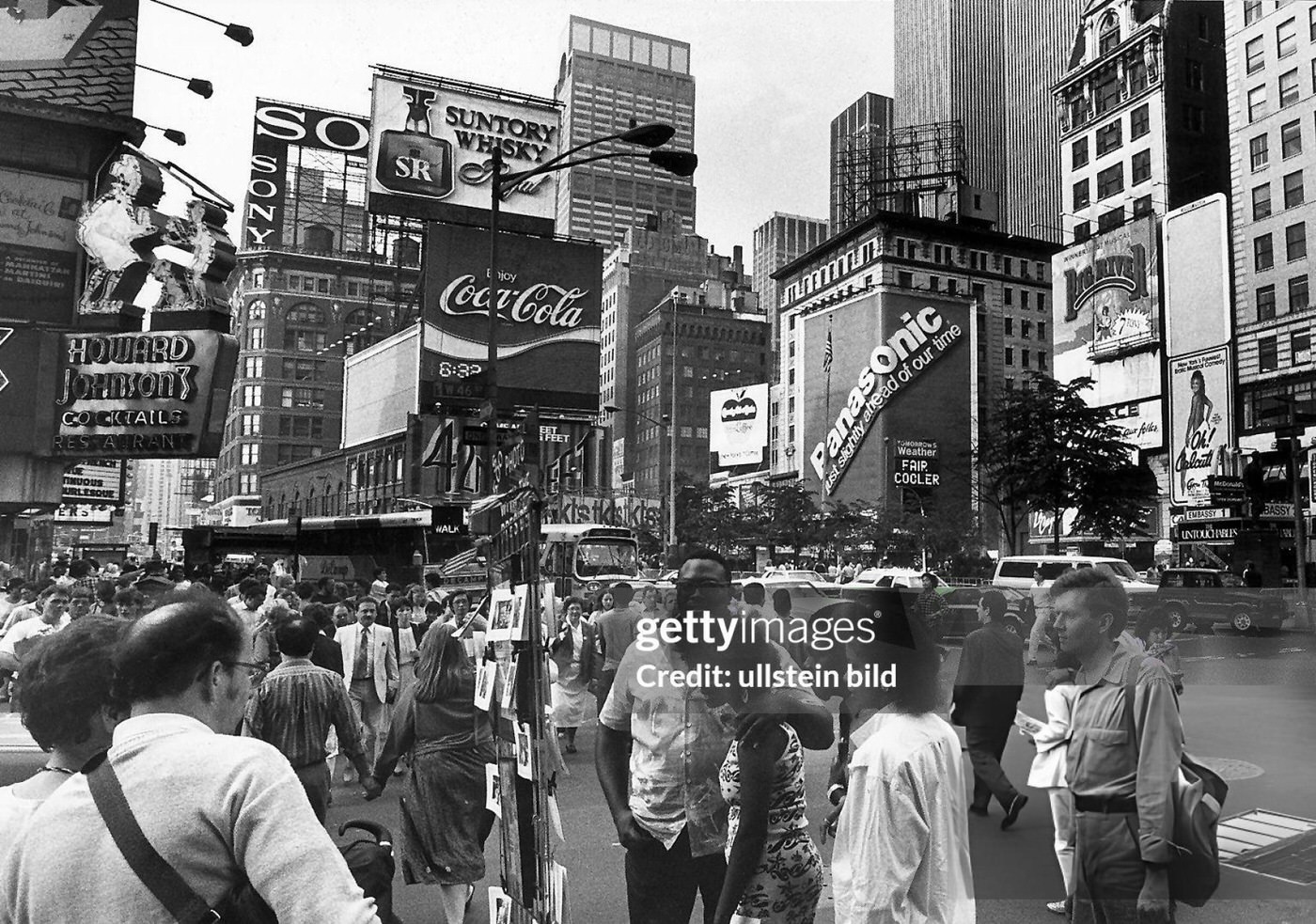
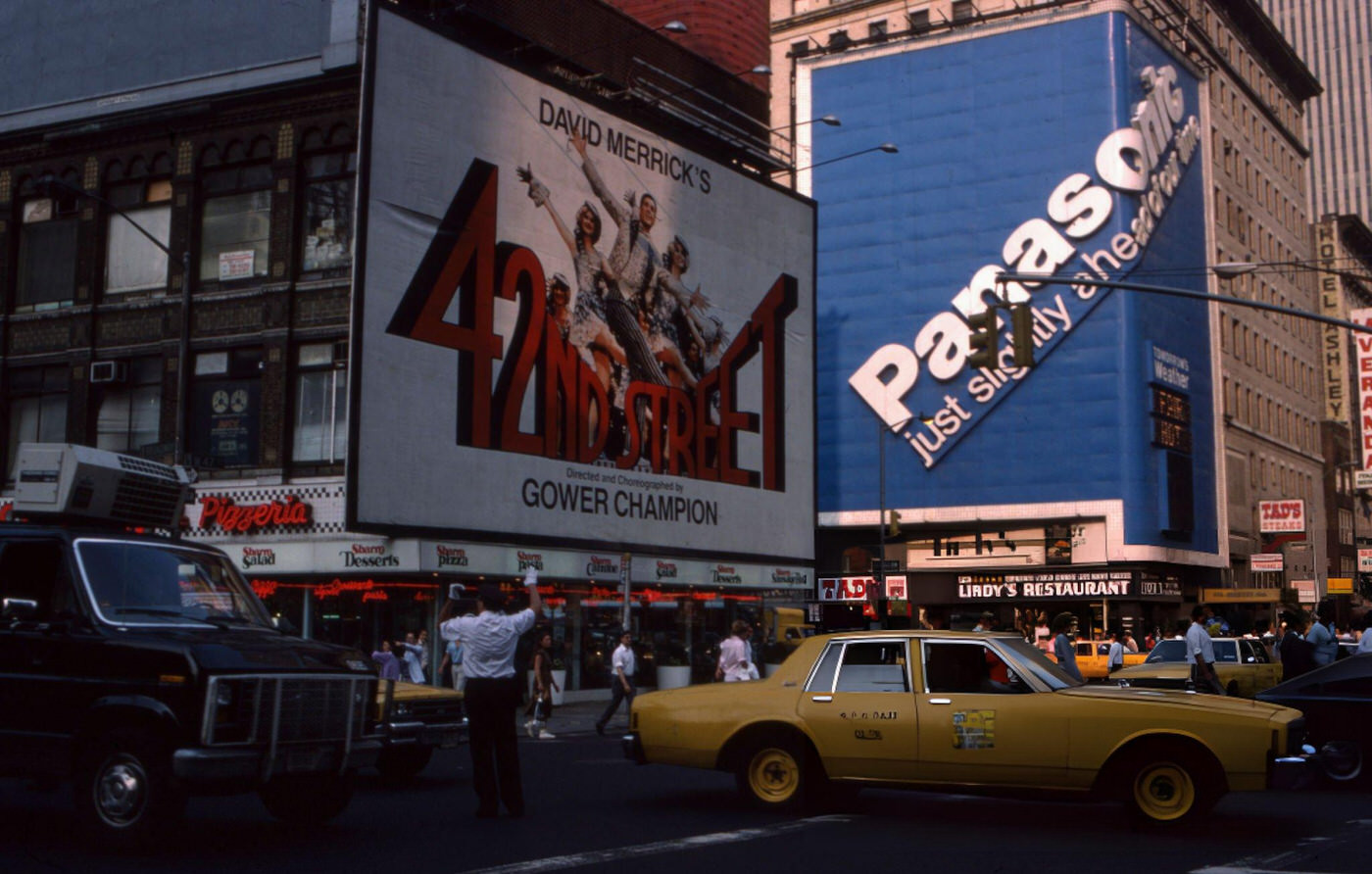
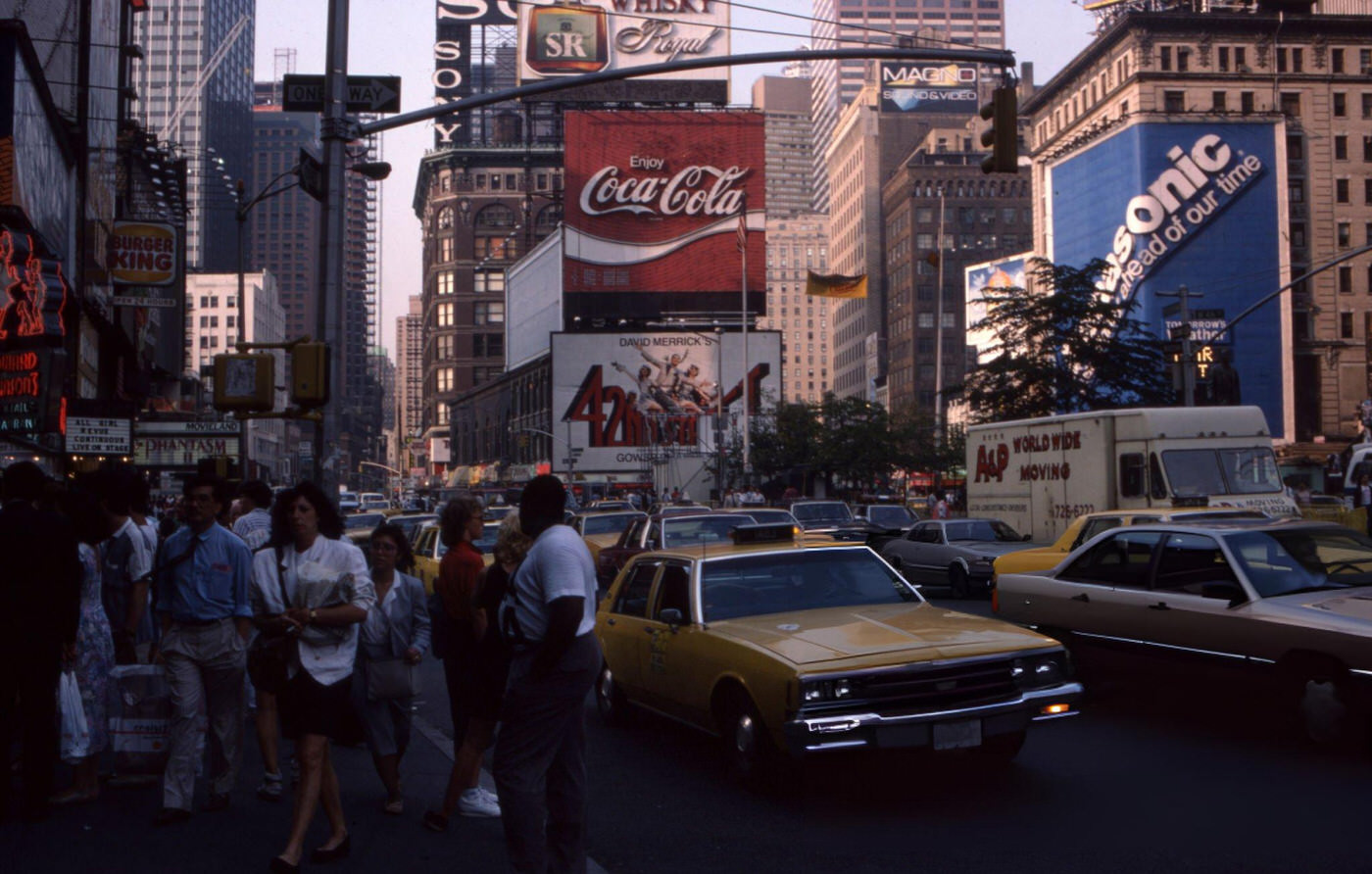
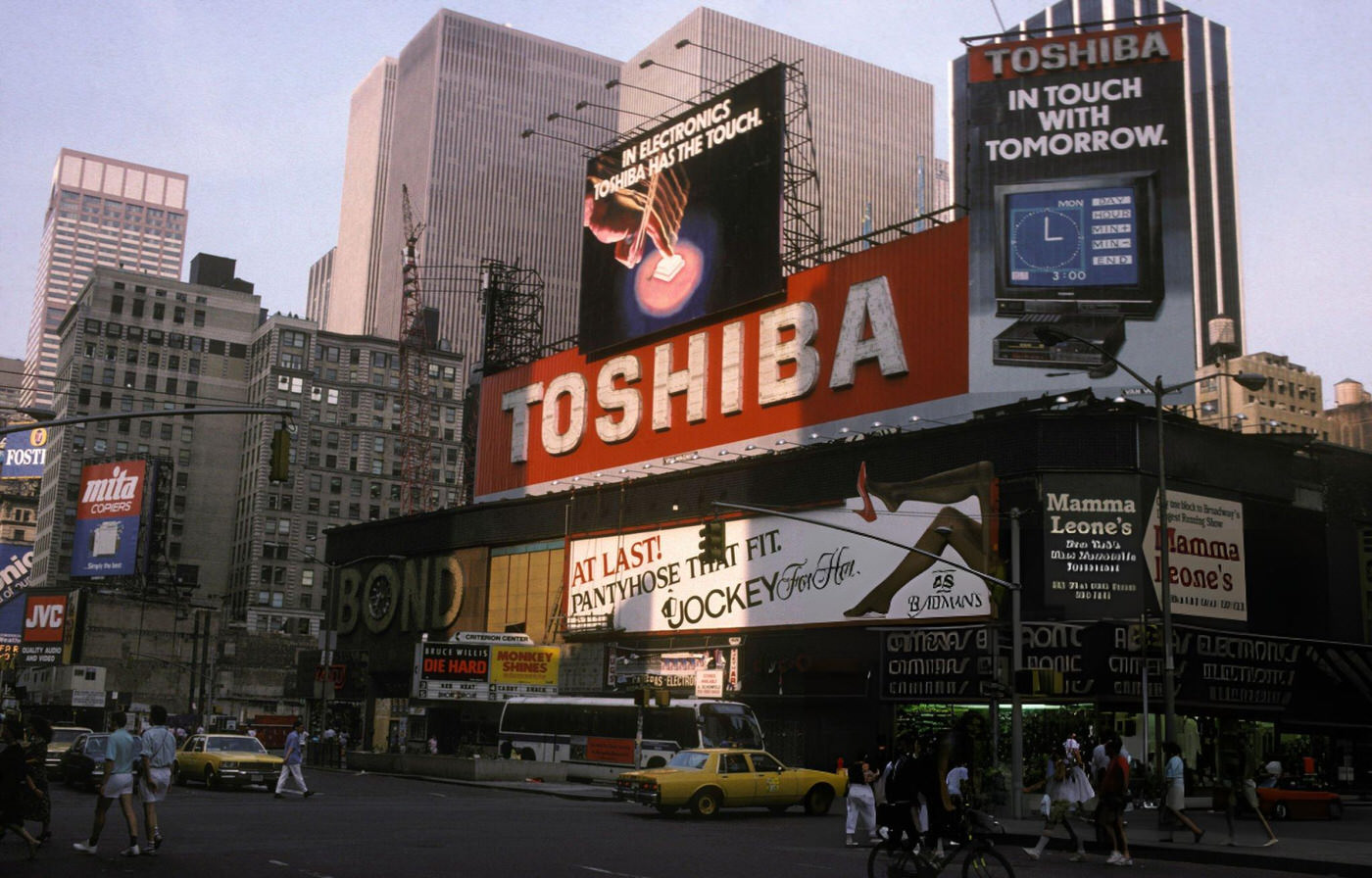
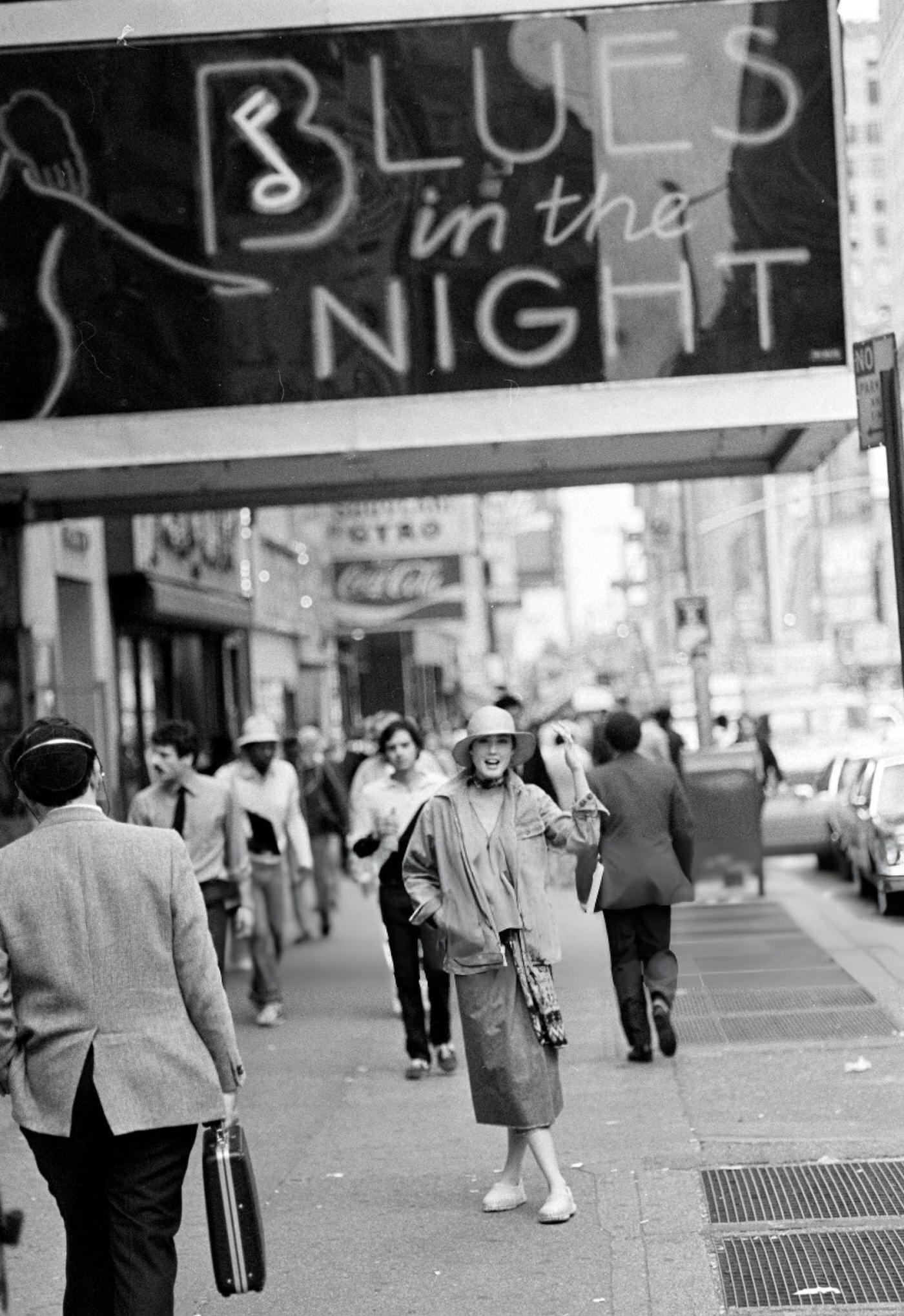
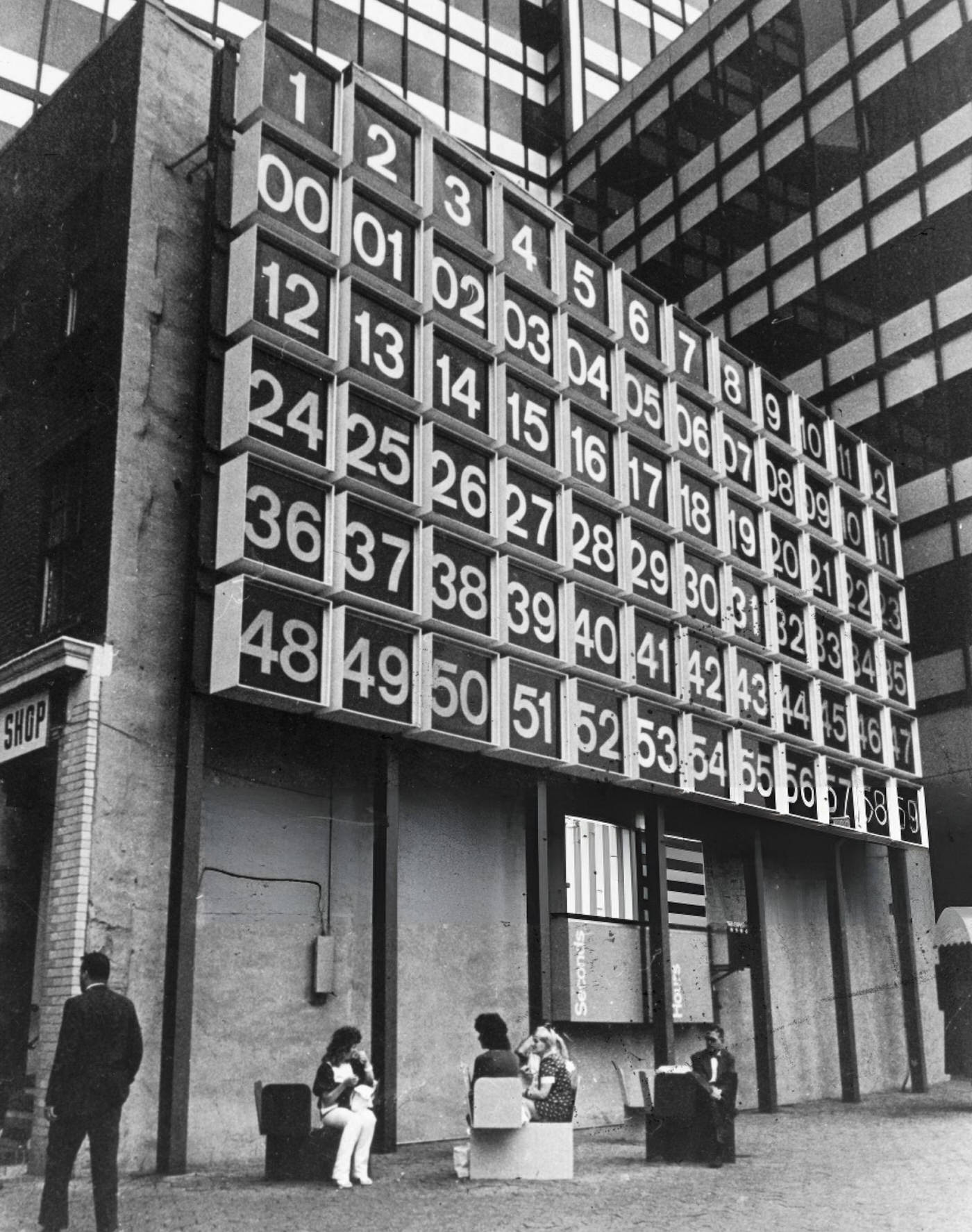
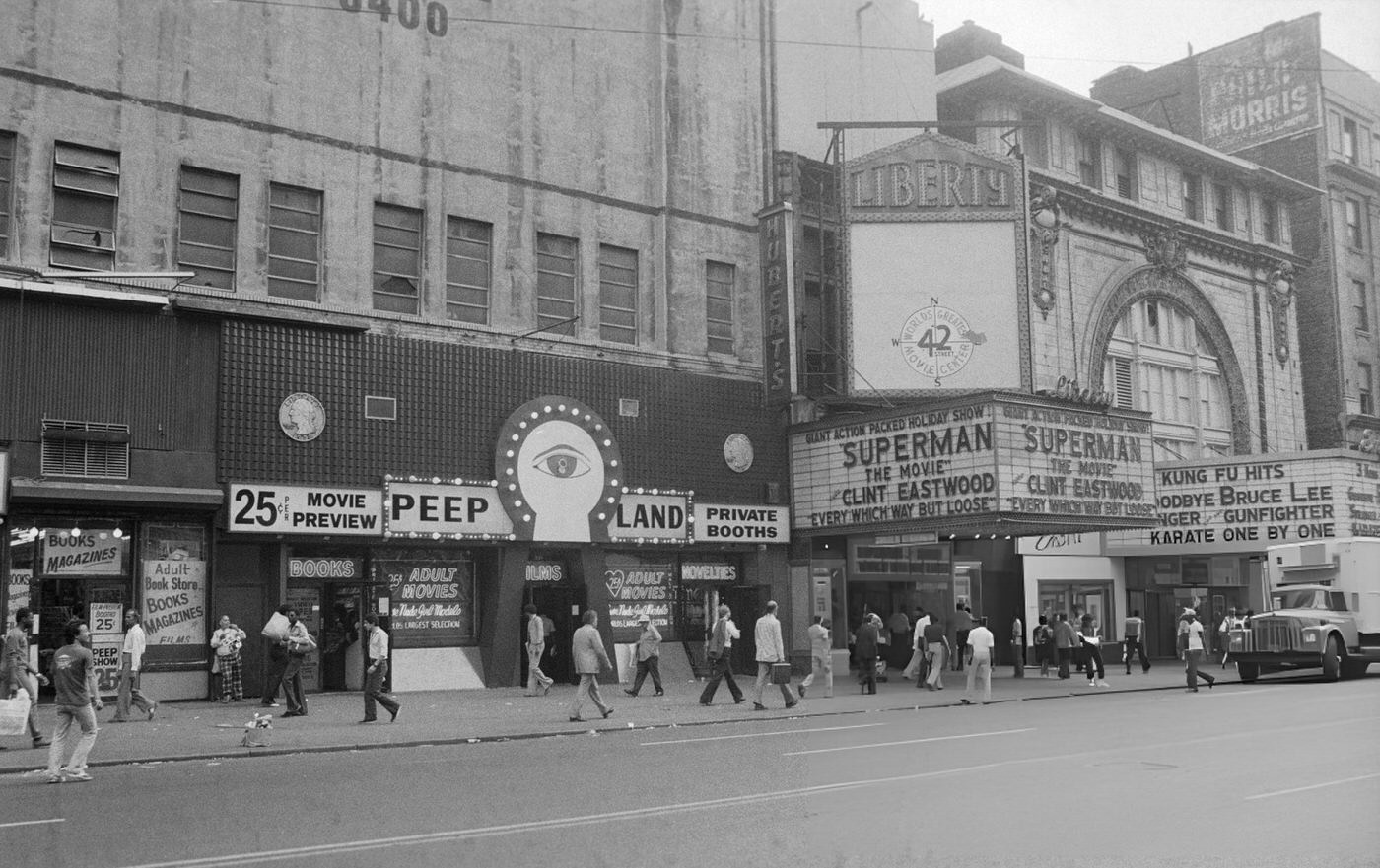
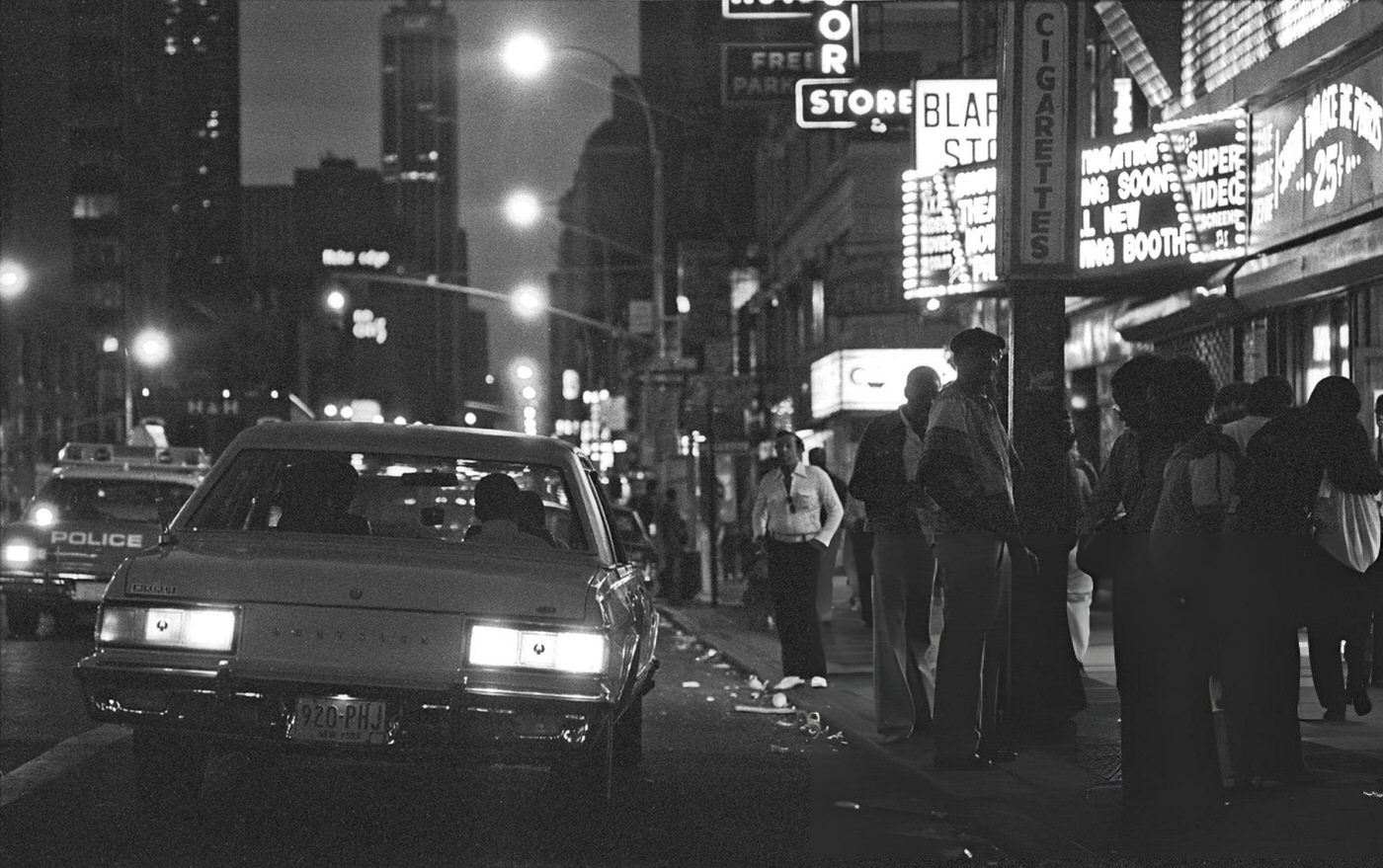
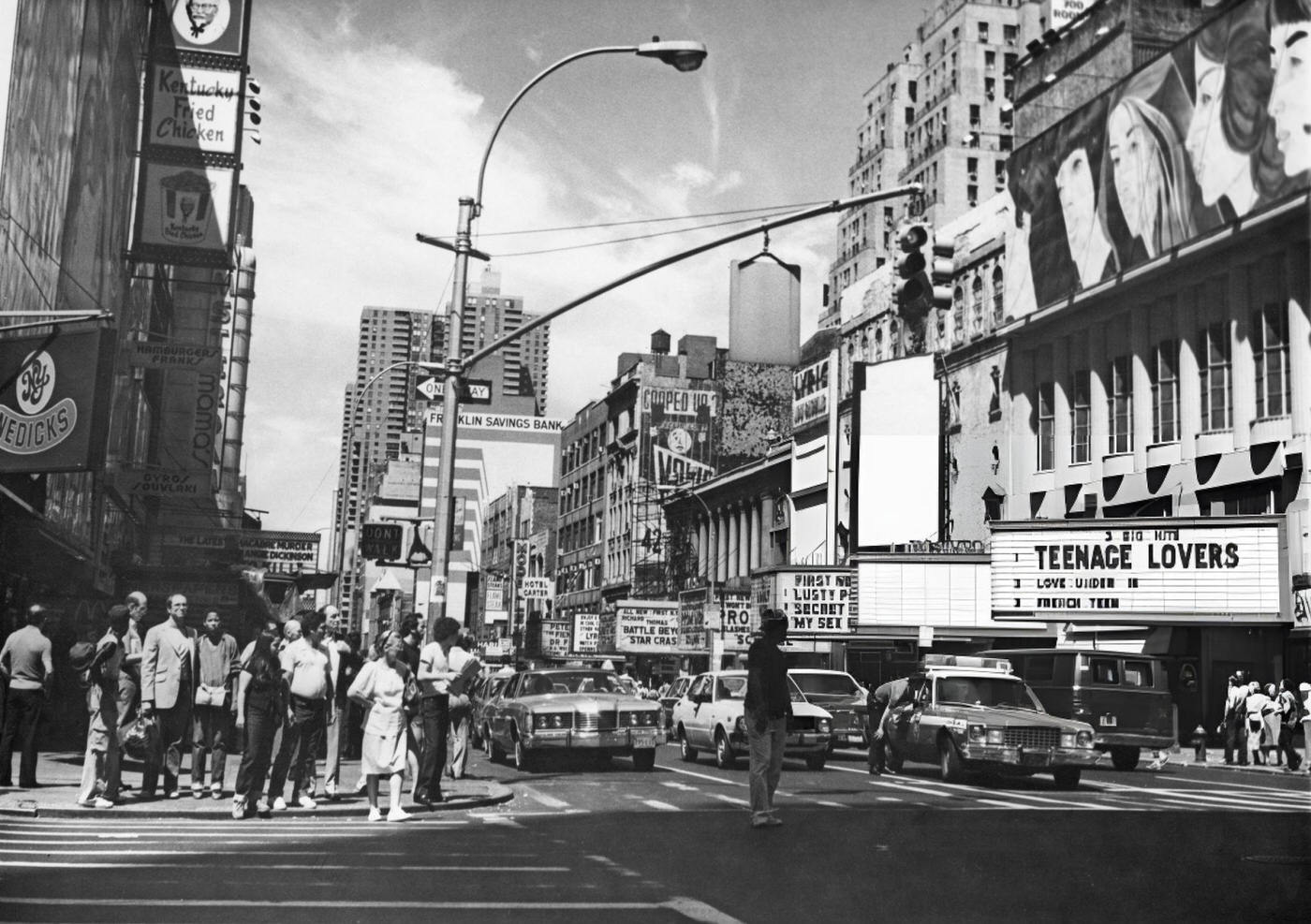
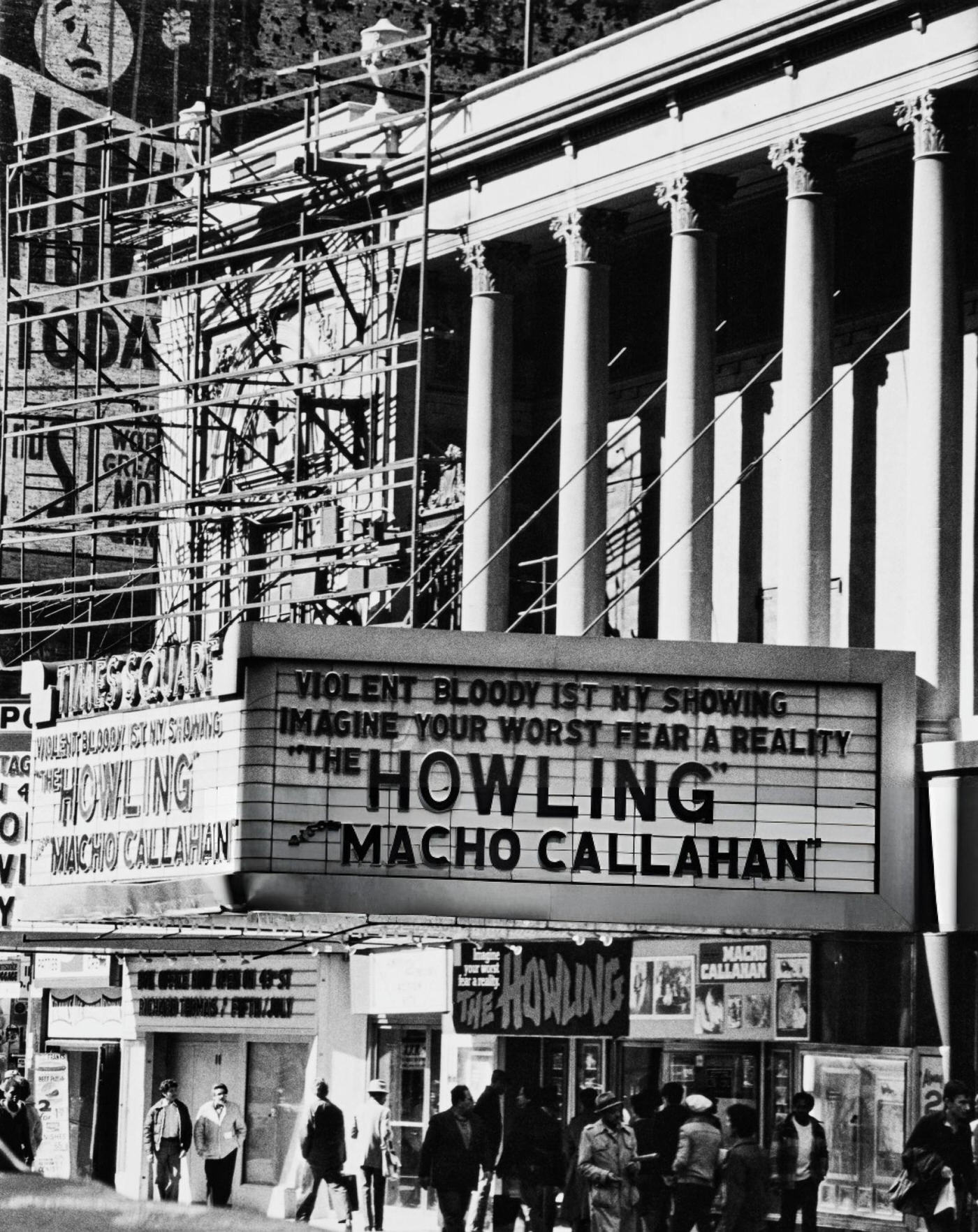


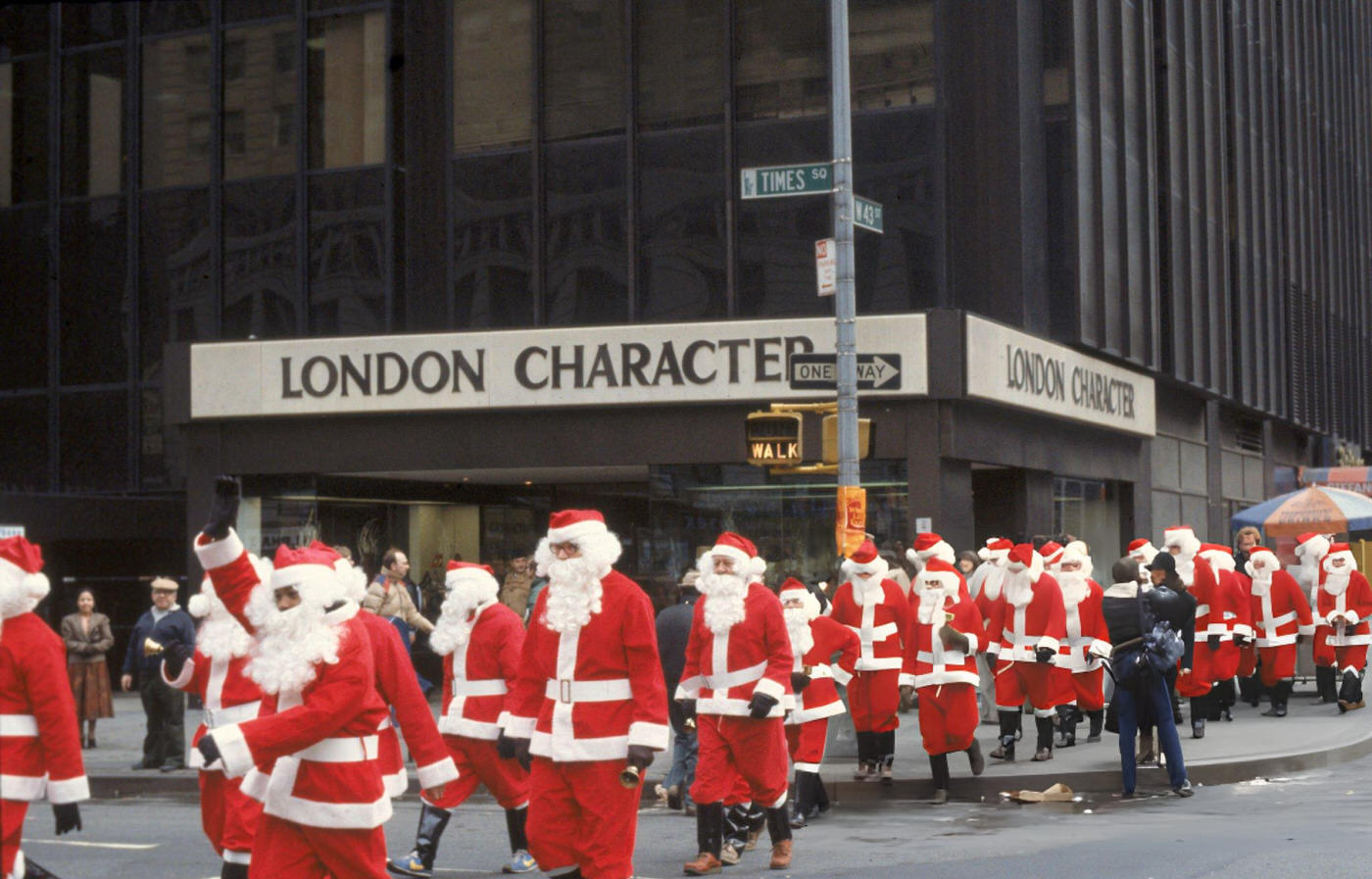
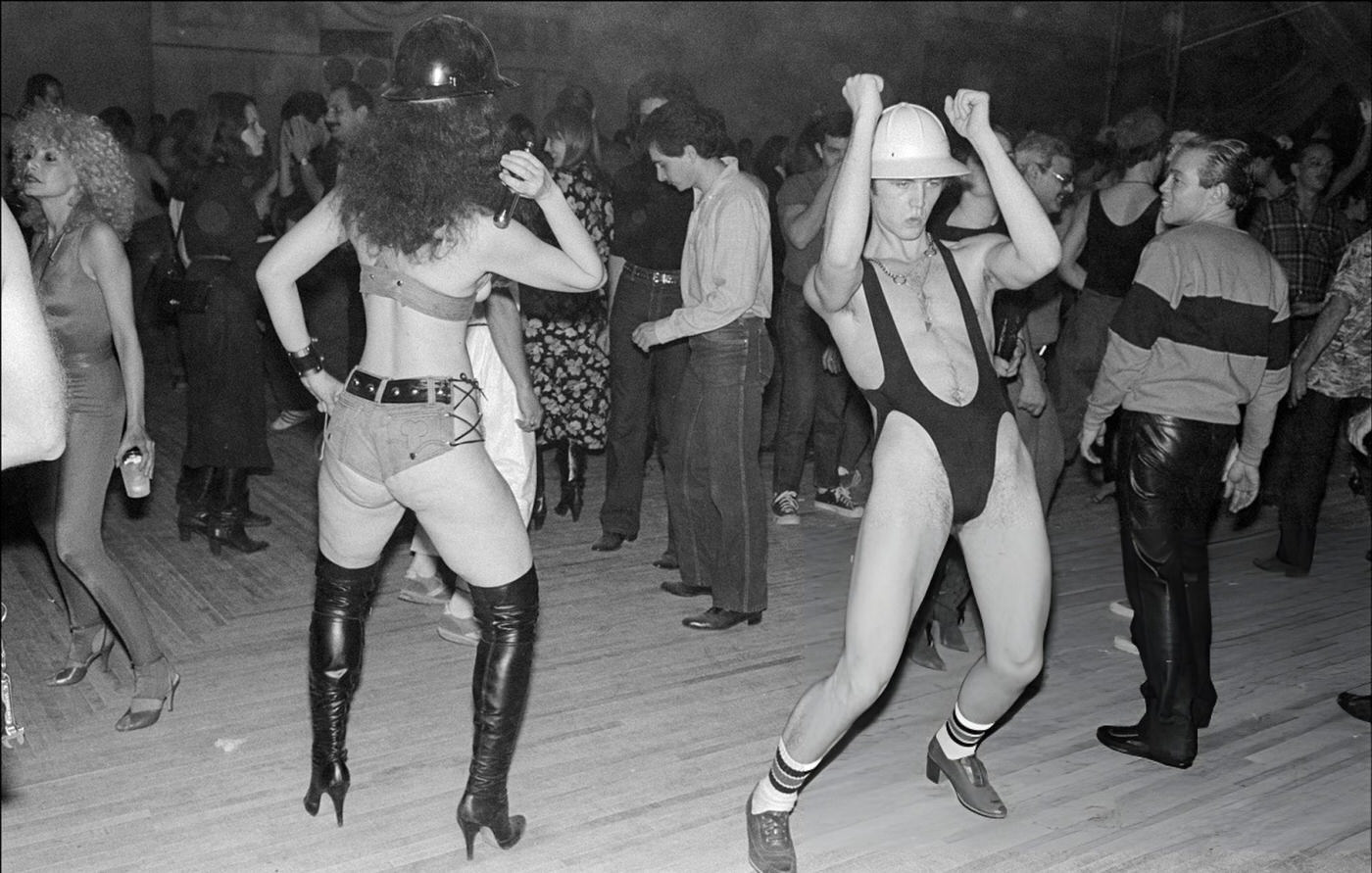

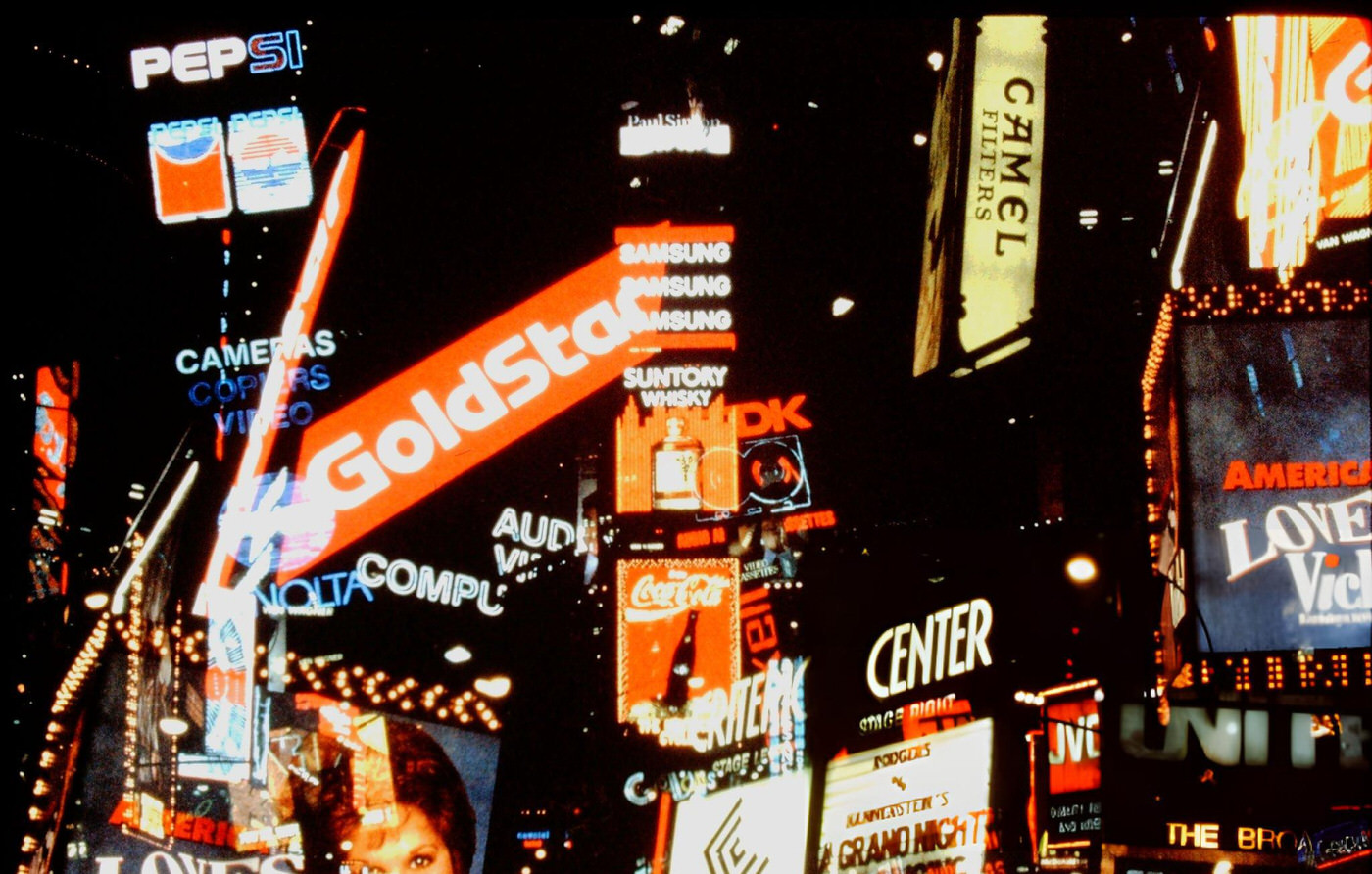
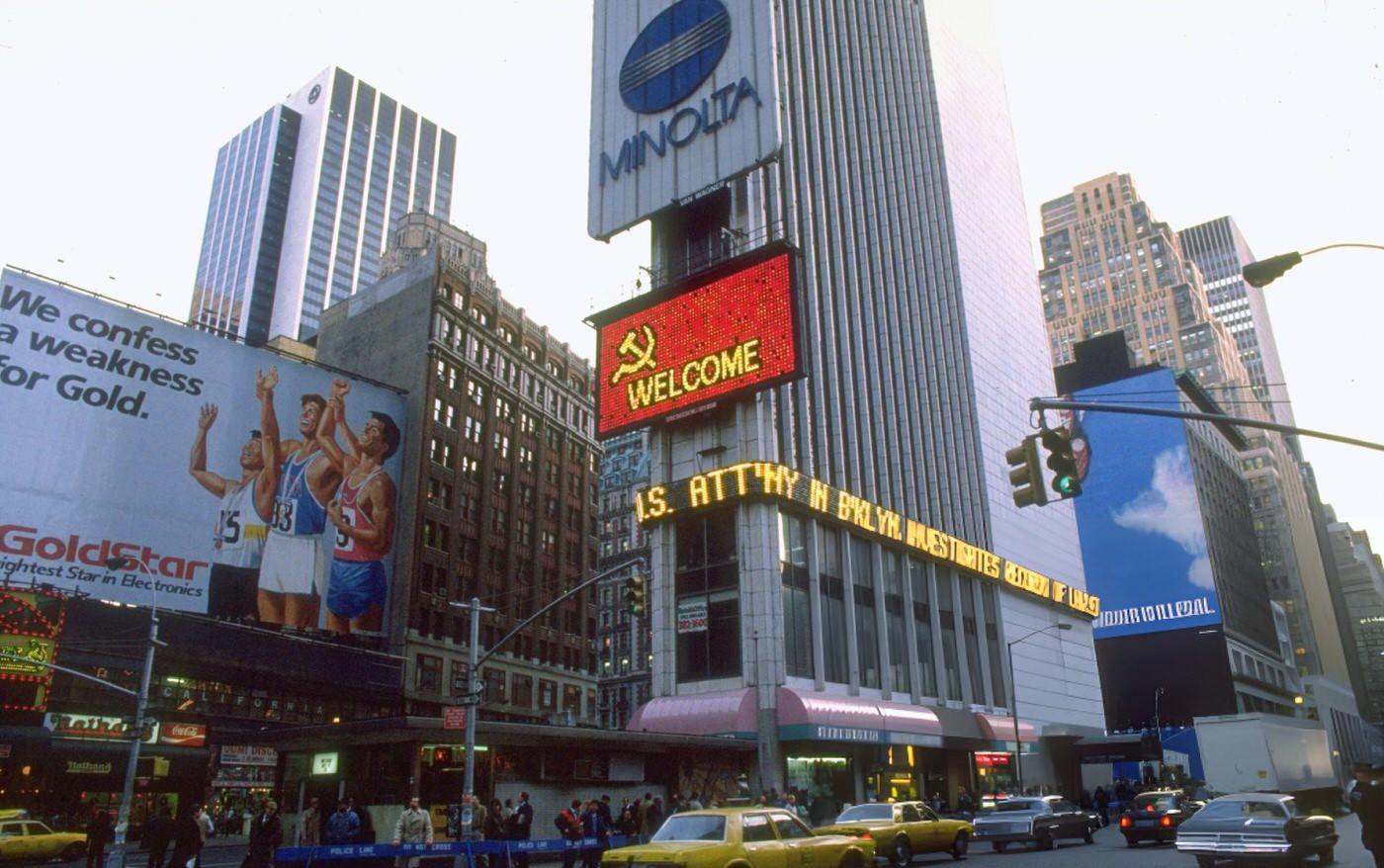
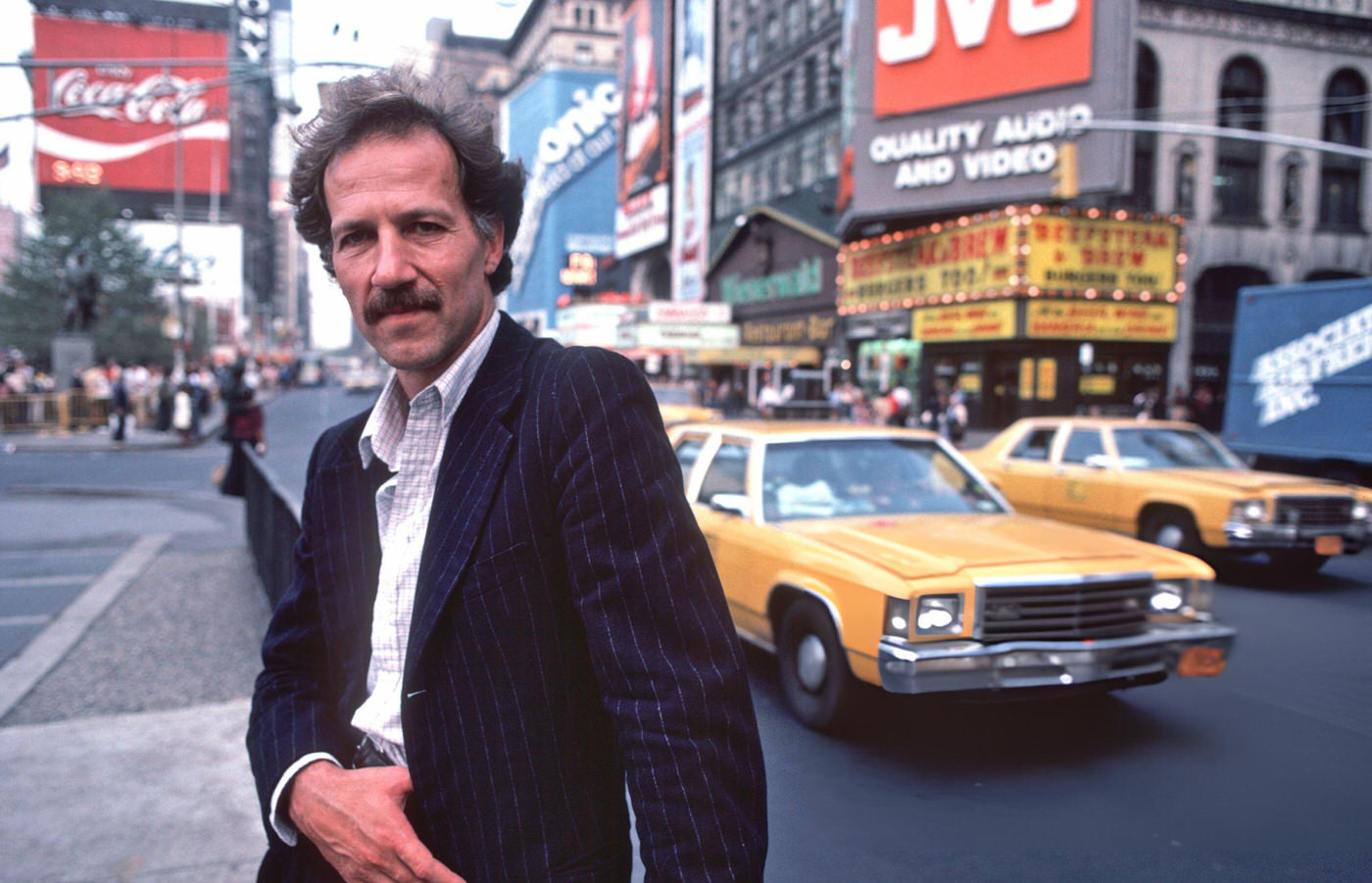

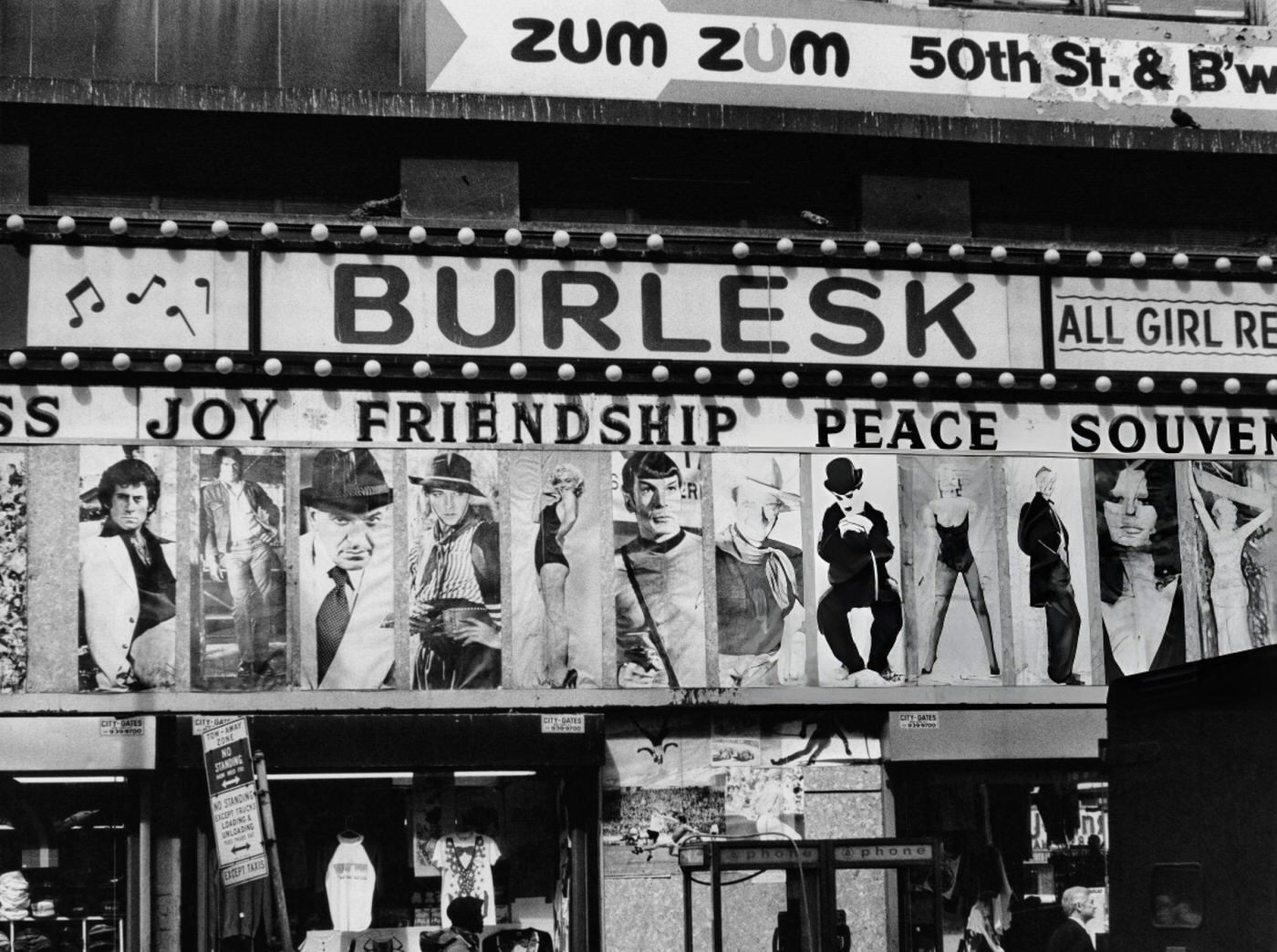
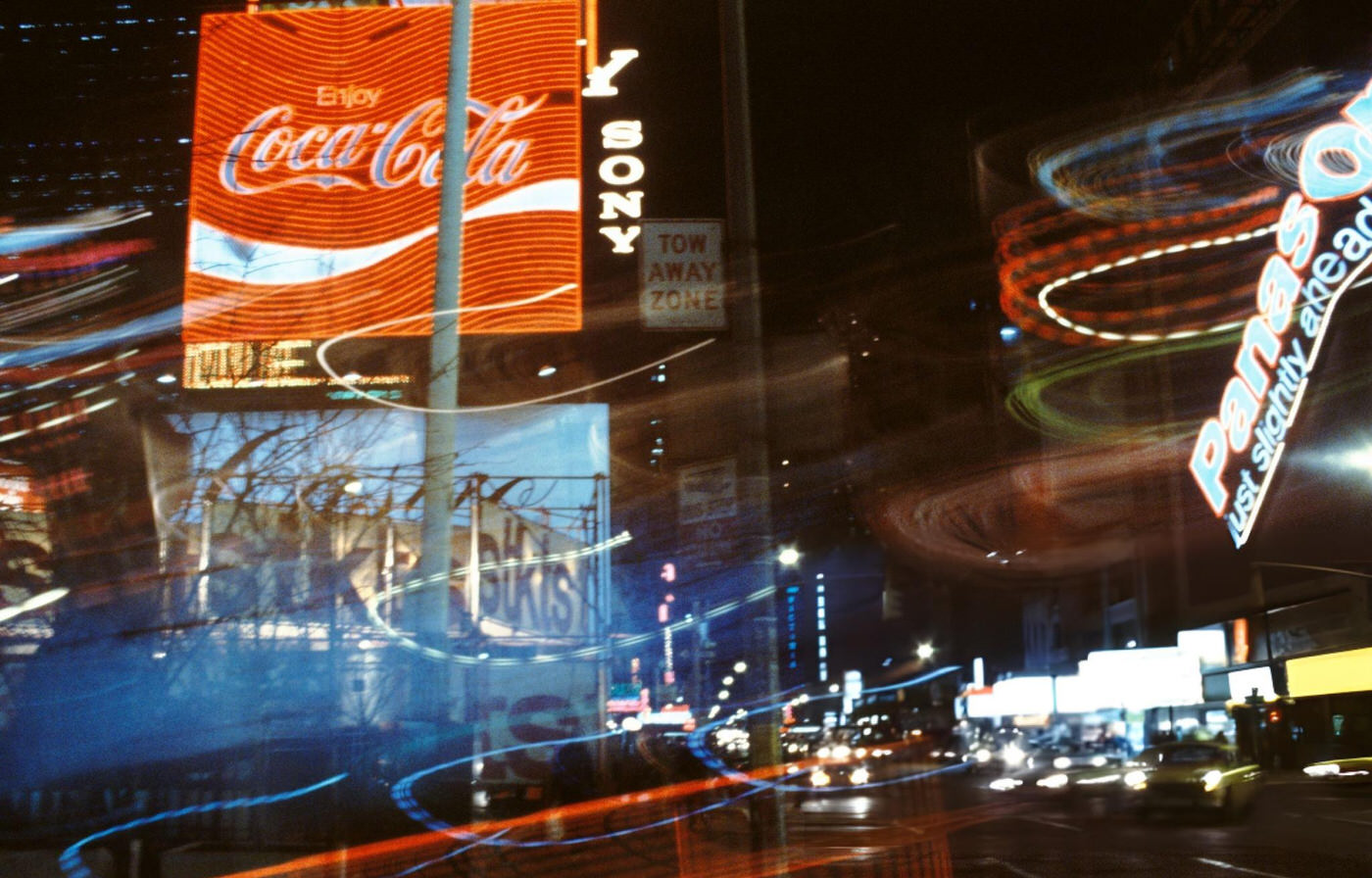
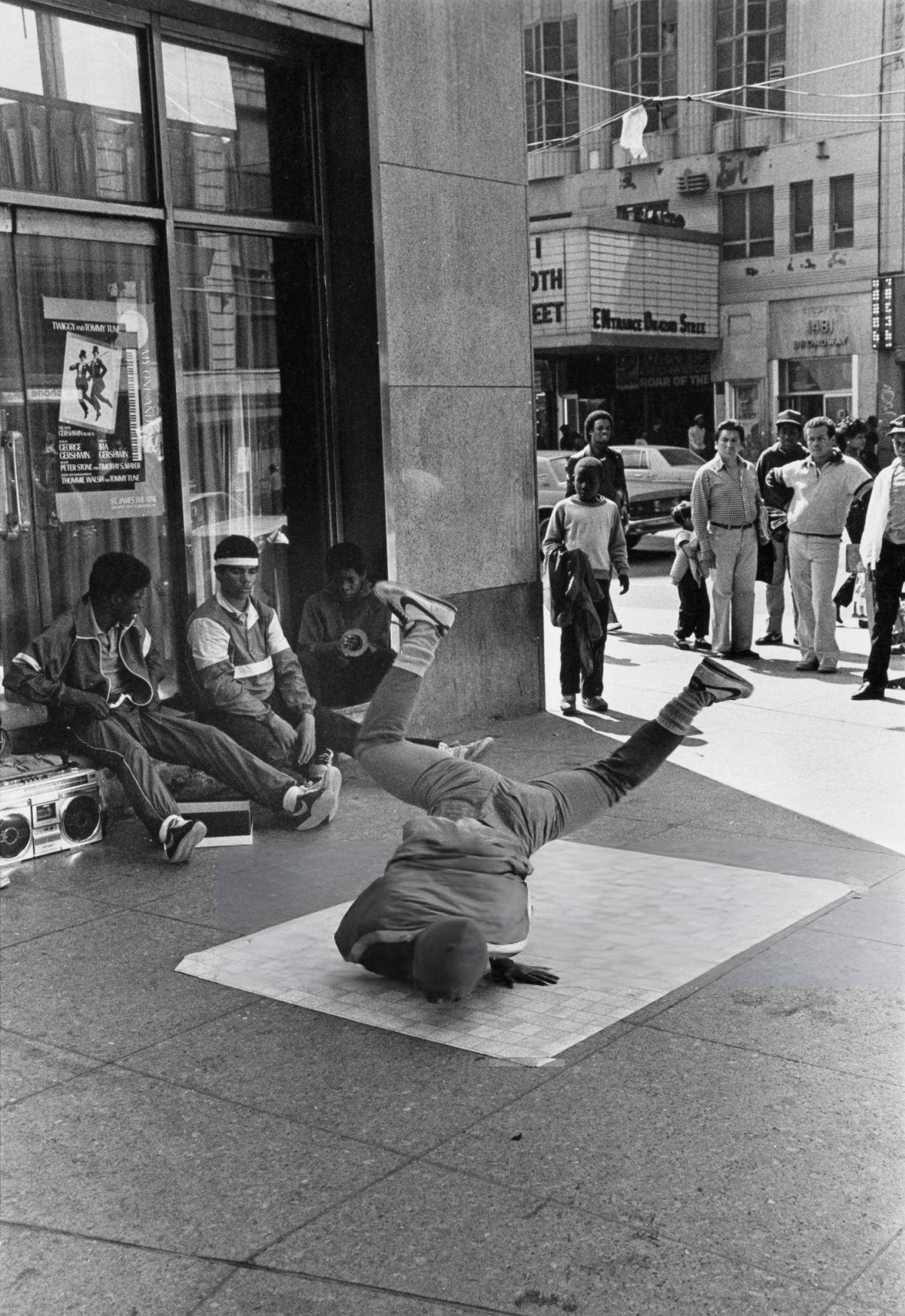

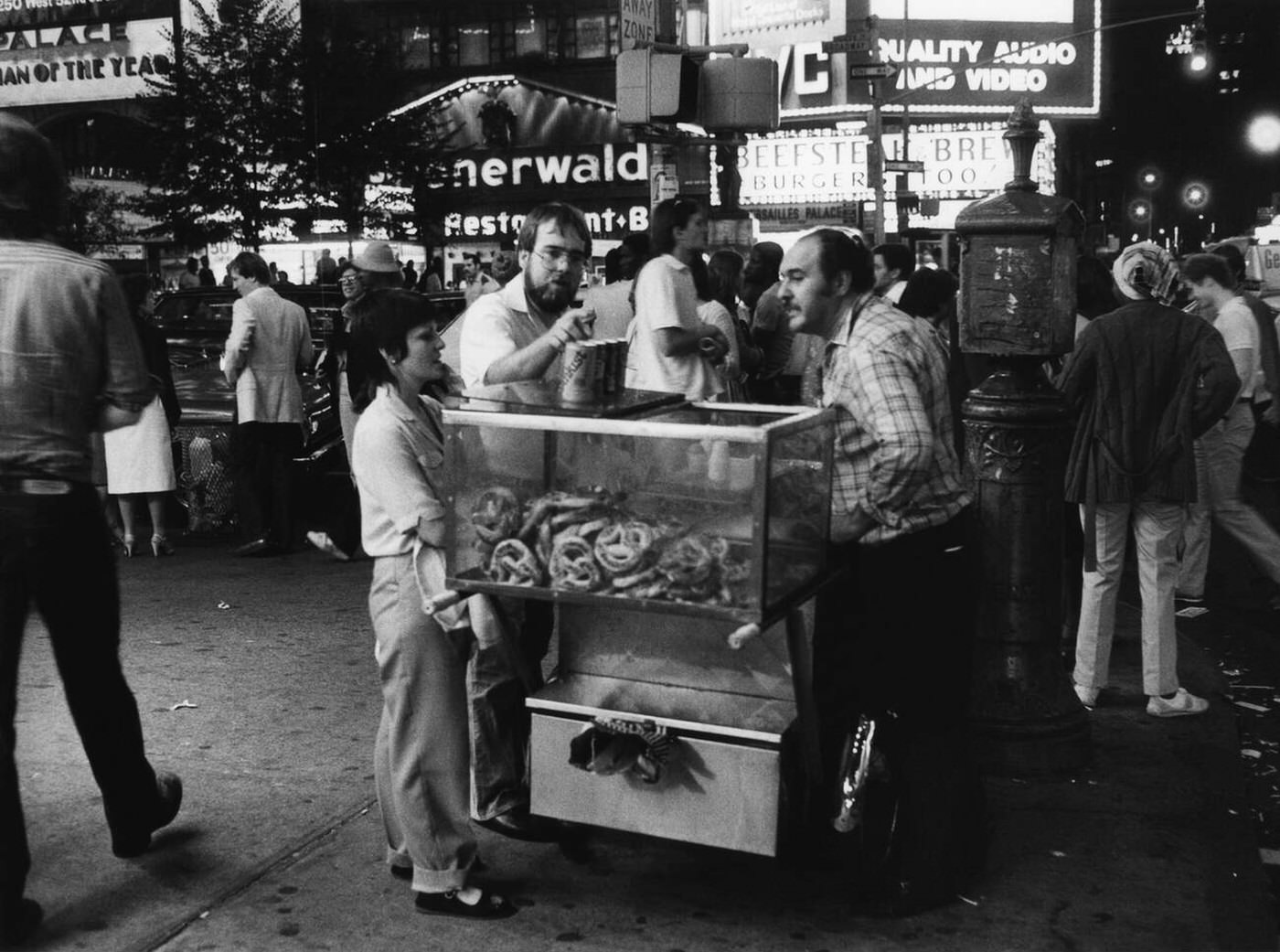
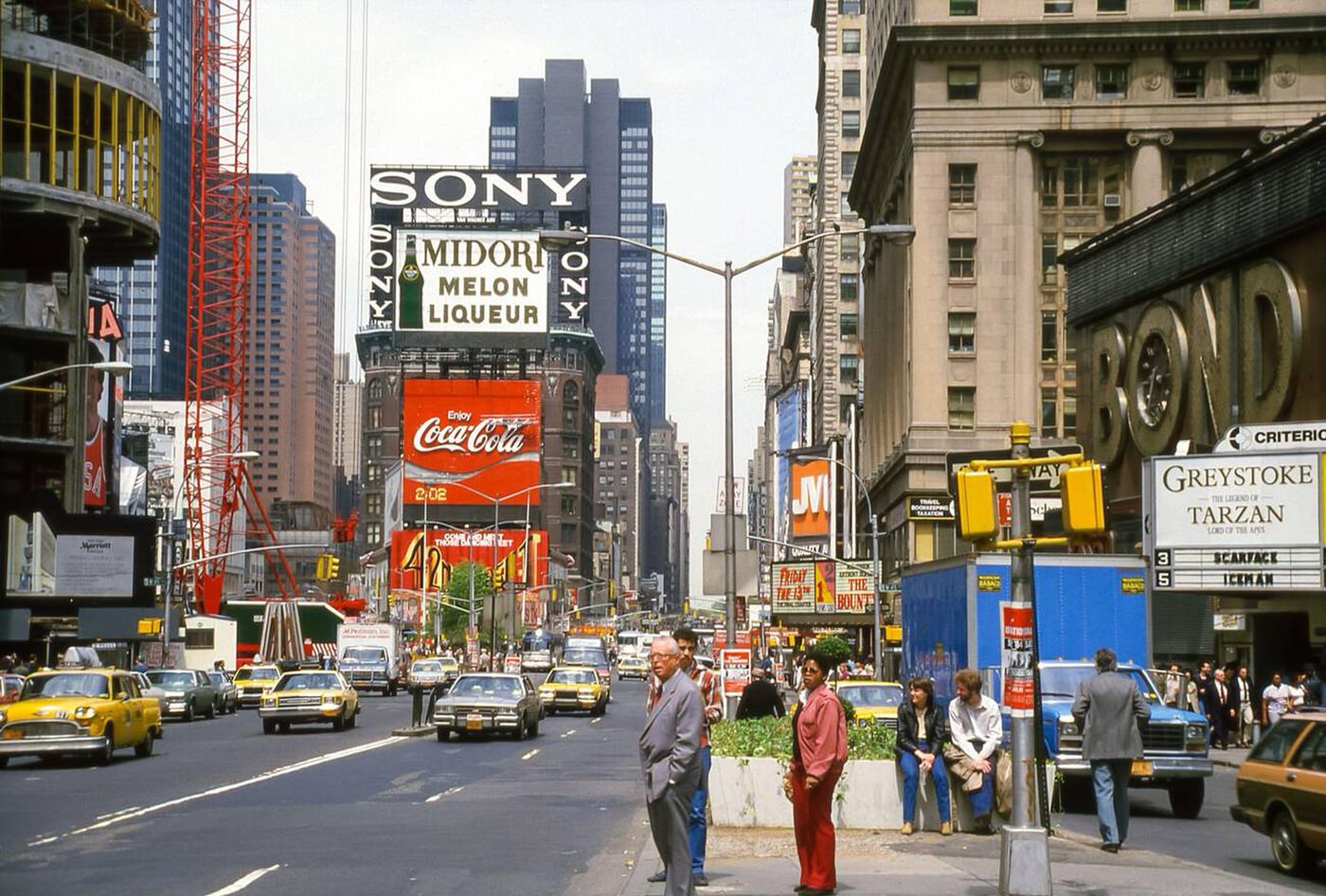
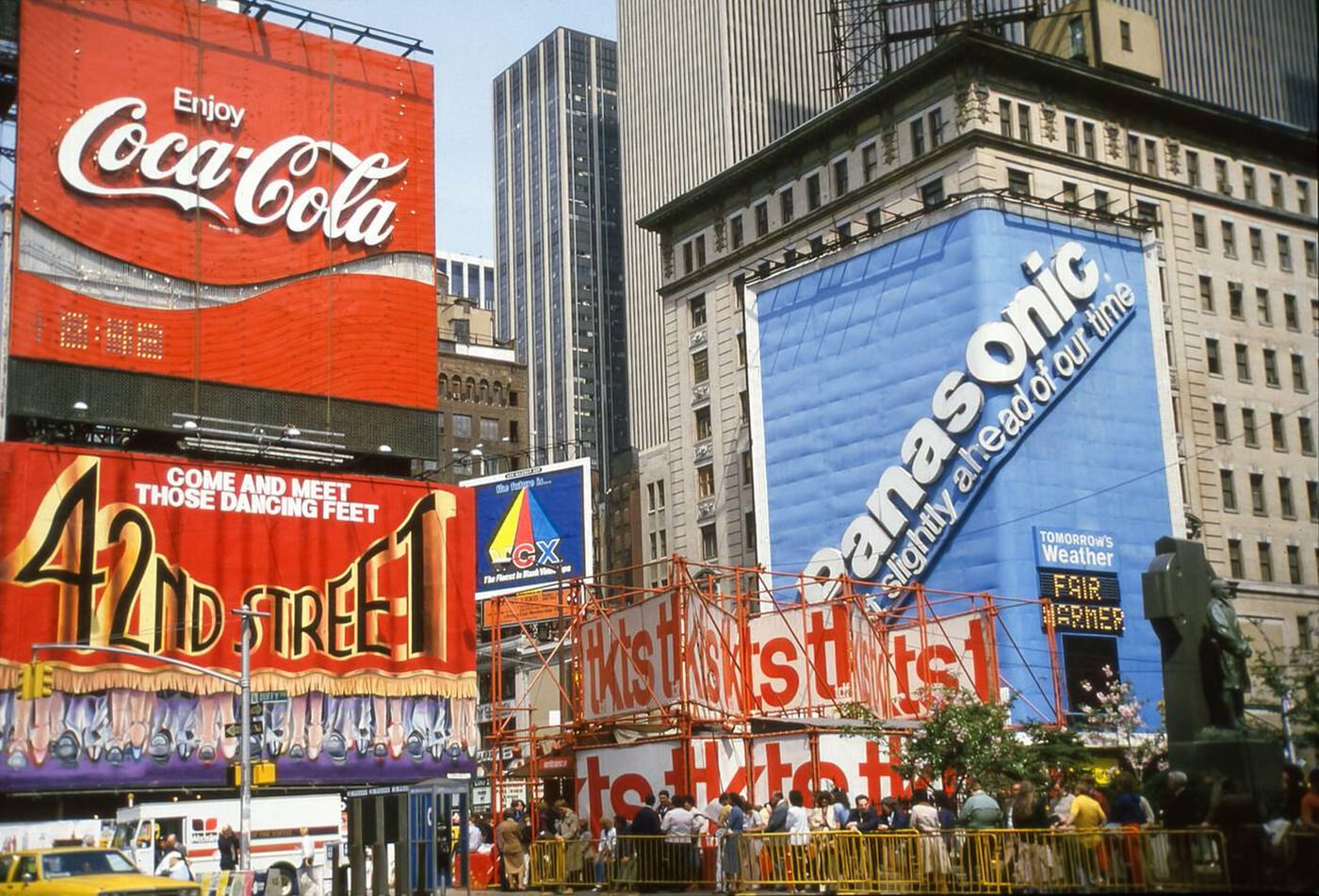
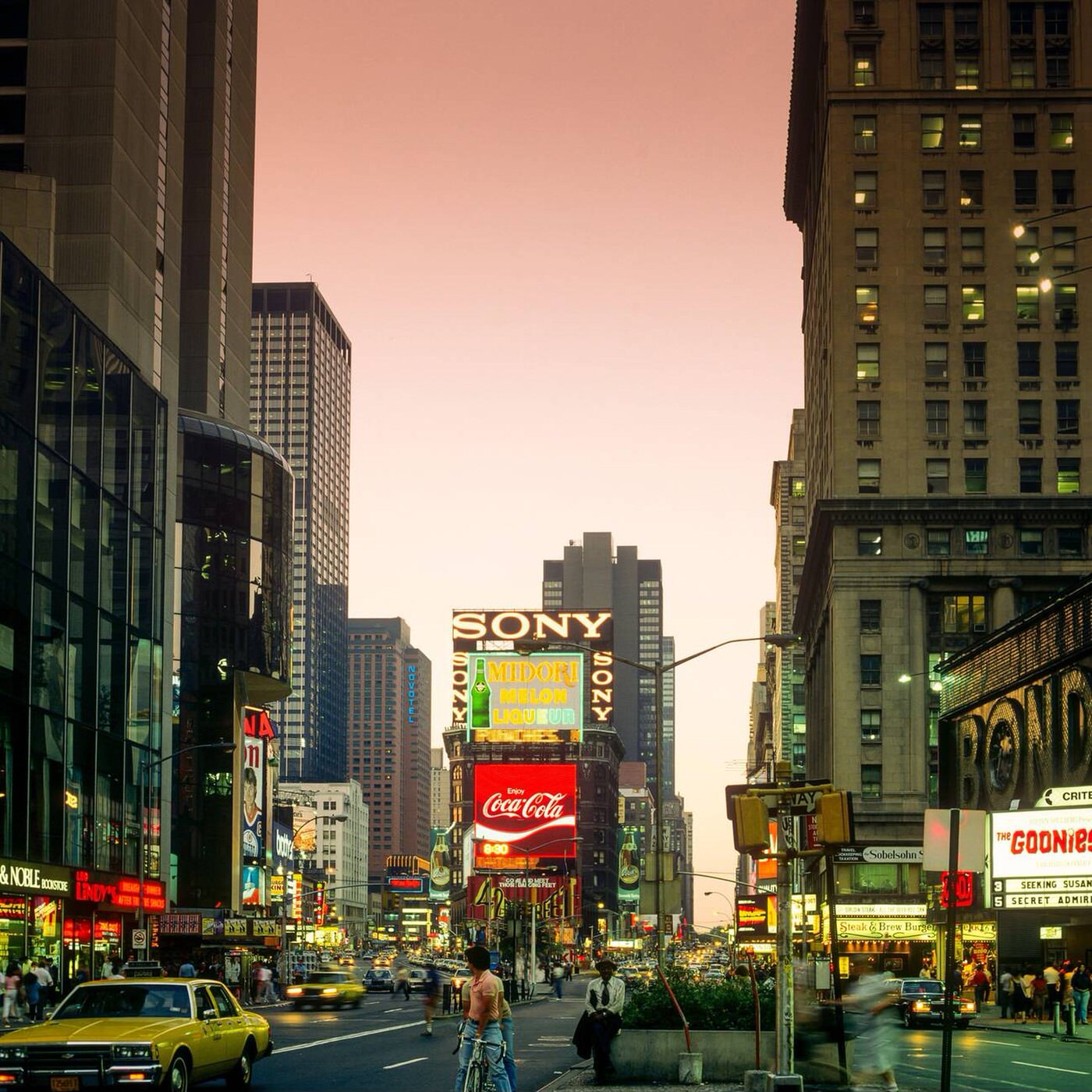
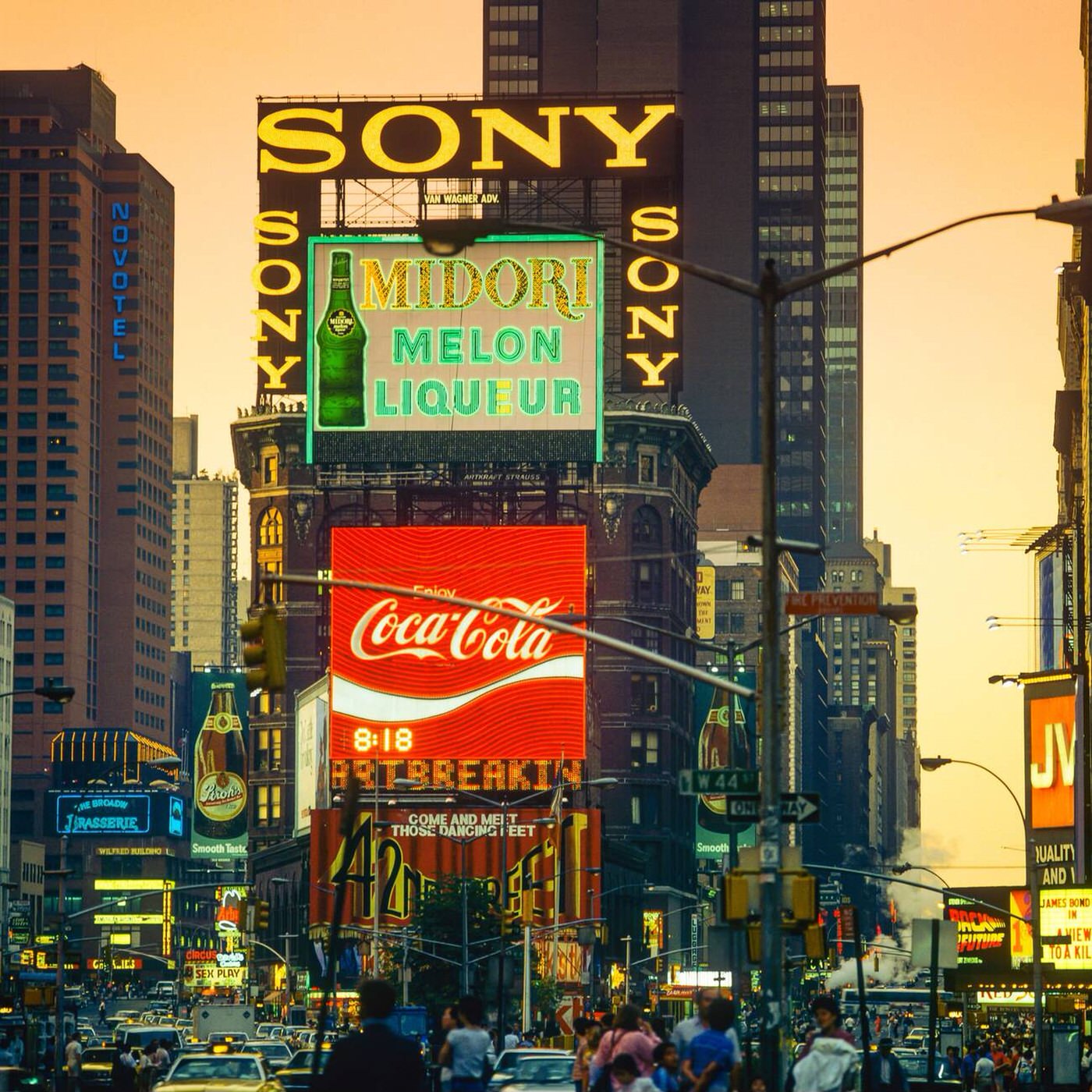
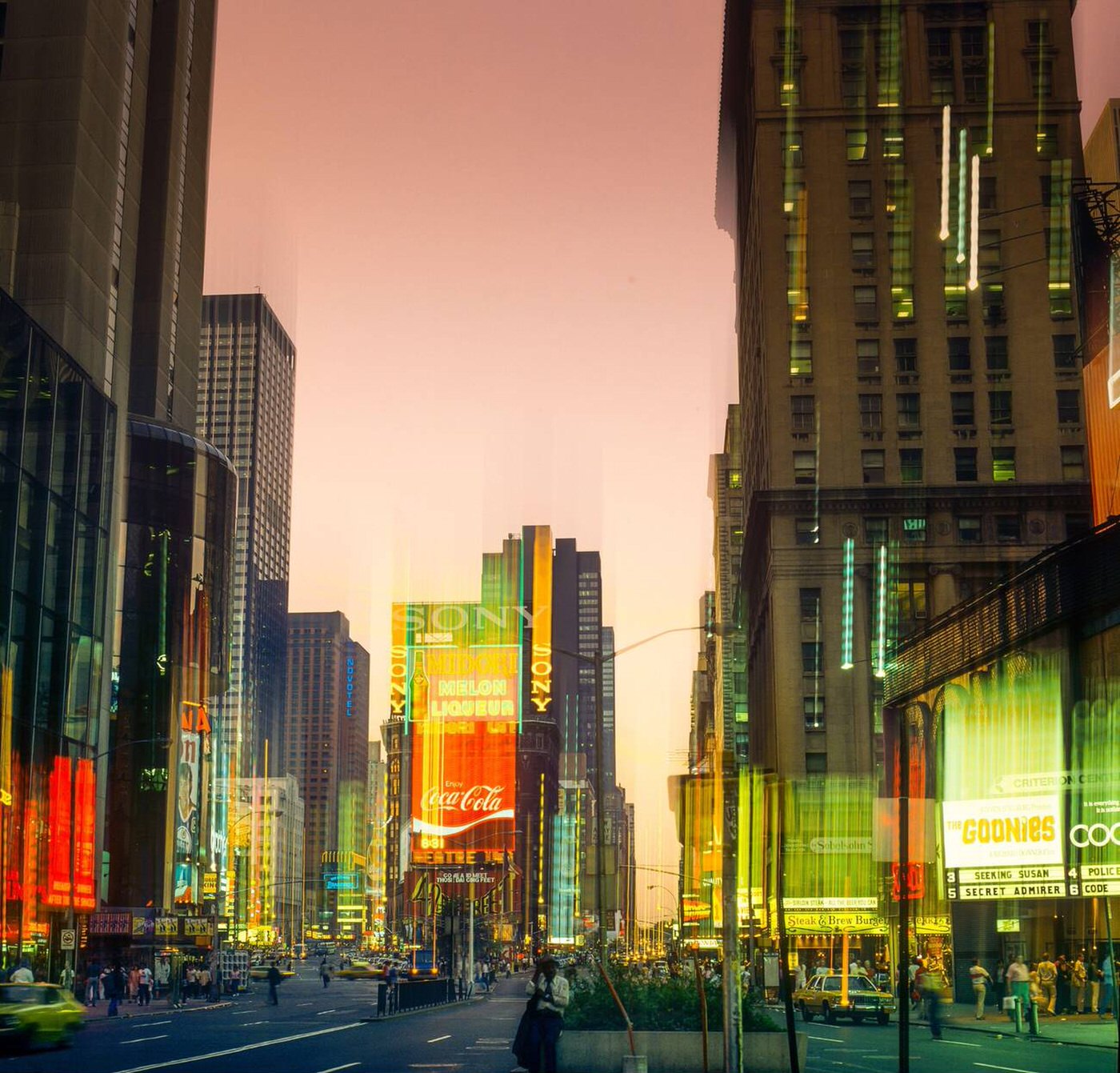

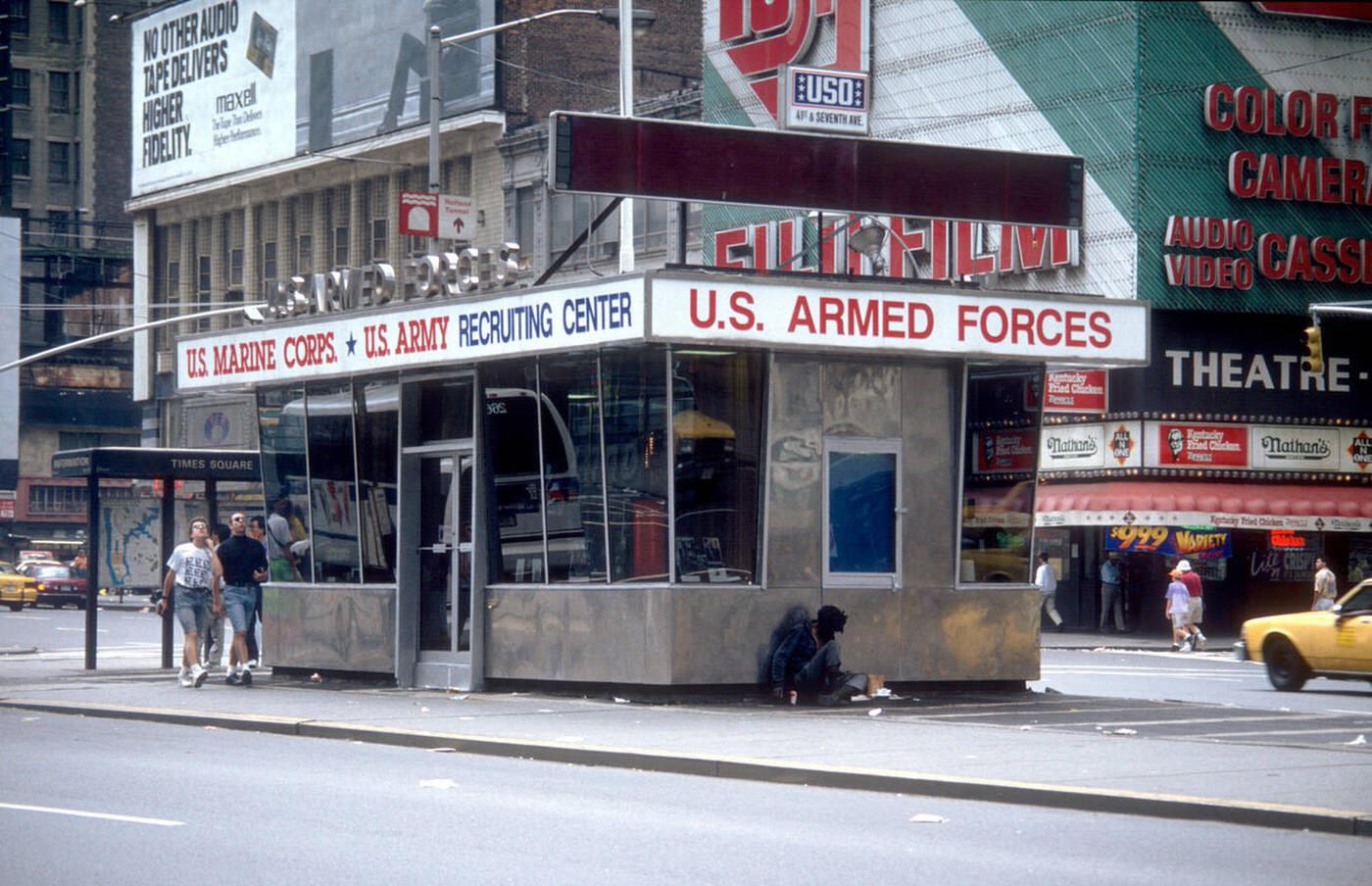


GIPHY App Key not set. Please check settings